Diabetes Danger: Shocking Foods Spiking Your Blood Sugar
Managing blood sugar isn’t just about avoiding dessert—it’s about decoding your entire plate. While soda and sweets are easy targets, some of the biggest blood sugar spikes come from foods wearing a “healthy” halo. Think smoothies, salad dressings, protein bars, or even whole-grain cereals. They sound smart—but can hit your system like a sugar bomb. That’s why we’ve expanded our list — a revealing breakdown of the hidden offenders that quietly mess with your metabolism, energy, and mood. This guide isn’t here to scare you—it’s here to hand back control. Because once you understand how these foods affect your body, you can outsmart them without sacrificing joy or flavor. Whether you're managing diabetes, fighting fatigue, or just aiming for more stable energy, this list will help you read between the nutrition-label lines. Ready to rethink what “healthy” really means? Let’s dig in.
1. The Role of White Bread and Refined Grains
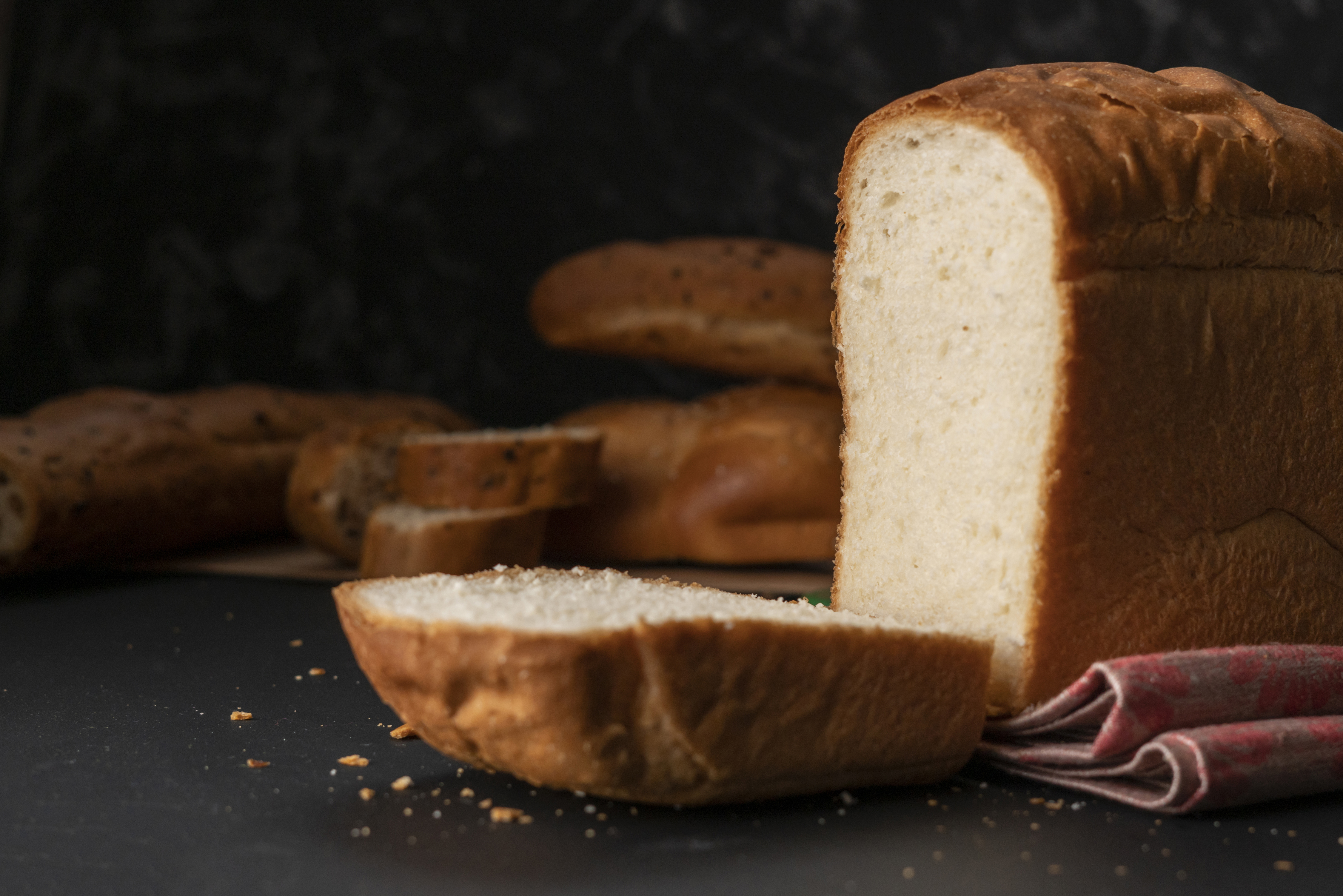
White bread, along with other refined grains, is a staple in many diets around the world. However, these foods can significantly impact blood sugar levels due to their high glycemic index (GI). The process of refining grains removes fiber, which is essential for slowing down the digestion and absorption of carbohydrates. Without this fiber, the body quickly converts these foods into glucose, causing a rapid spike in blood sugar levels. For those managing diabetes, it's crucial to recognize the impact of these refined grains and consider healthier alternatives like whole grain or multigrain breads, which have a lower GI and provide more nutrients and fiber.
2. The Sugar in Fruit Juices
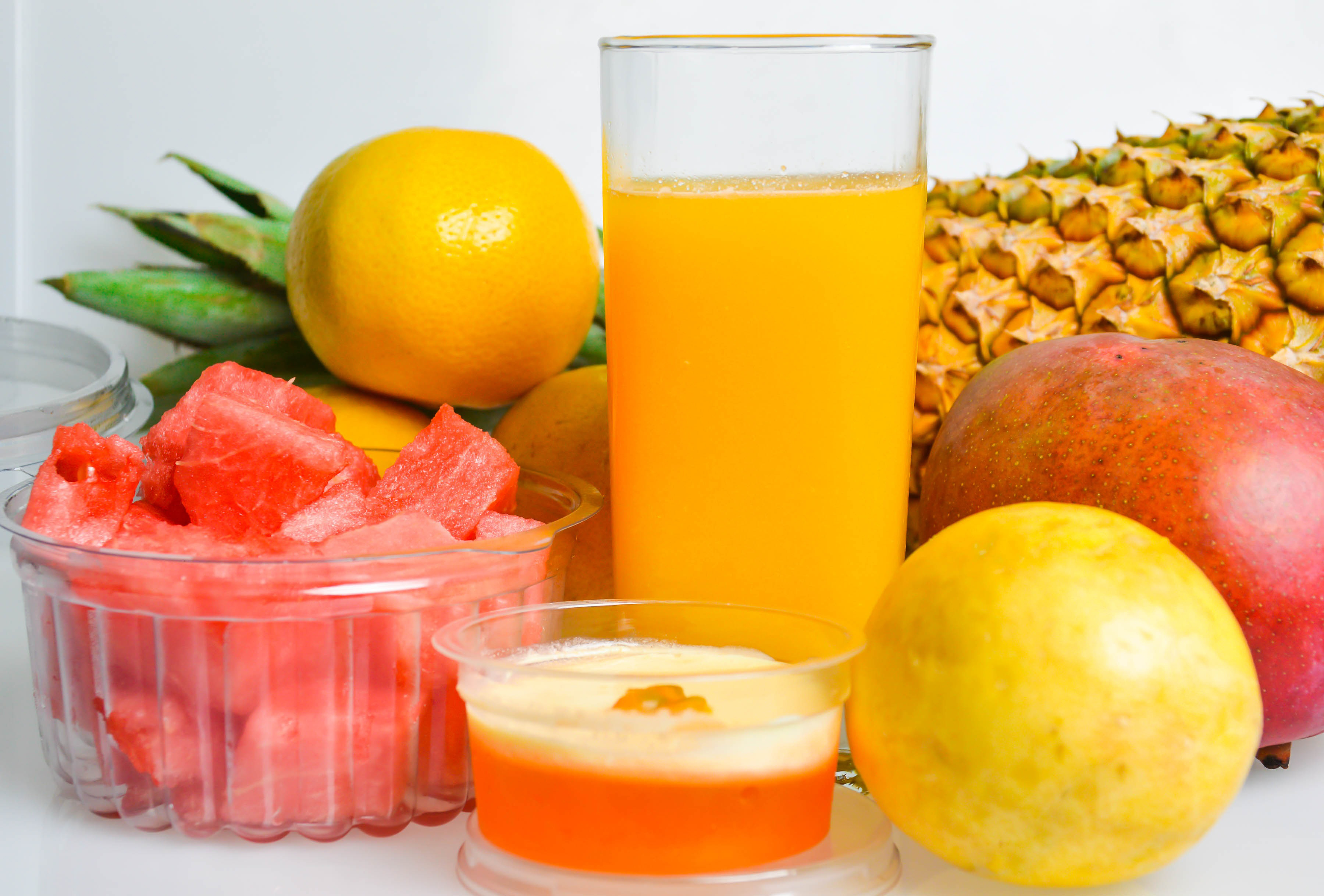
Fruit juices are often perceived as a healthy choice, packed with vitamins and antioxidants. However, they can be deceptive for those managing diabetes. Unlike whole fruits, juices lack fiber, which is crucial for moderating sugar absorption. Moreover, many commercial fruit juices contain added sugars, further exacerbating their impact on blood glucose levels. Even freshly squeezed juices can cause spikes due to the concentrated sugar content. For diabetics, it's important to consume whole fruits instead of juices, as the fiber content in whole fruits helps slow down sugar absorption and provides additional health benefits.
3. The Hidden Sugars in Yogurt
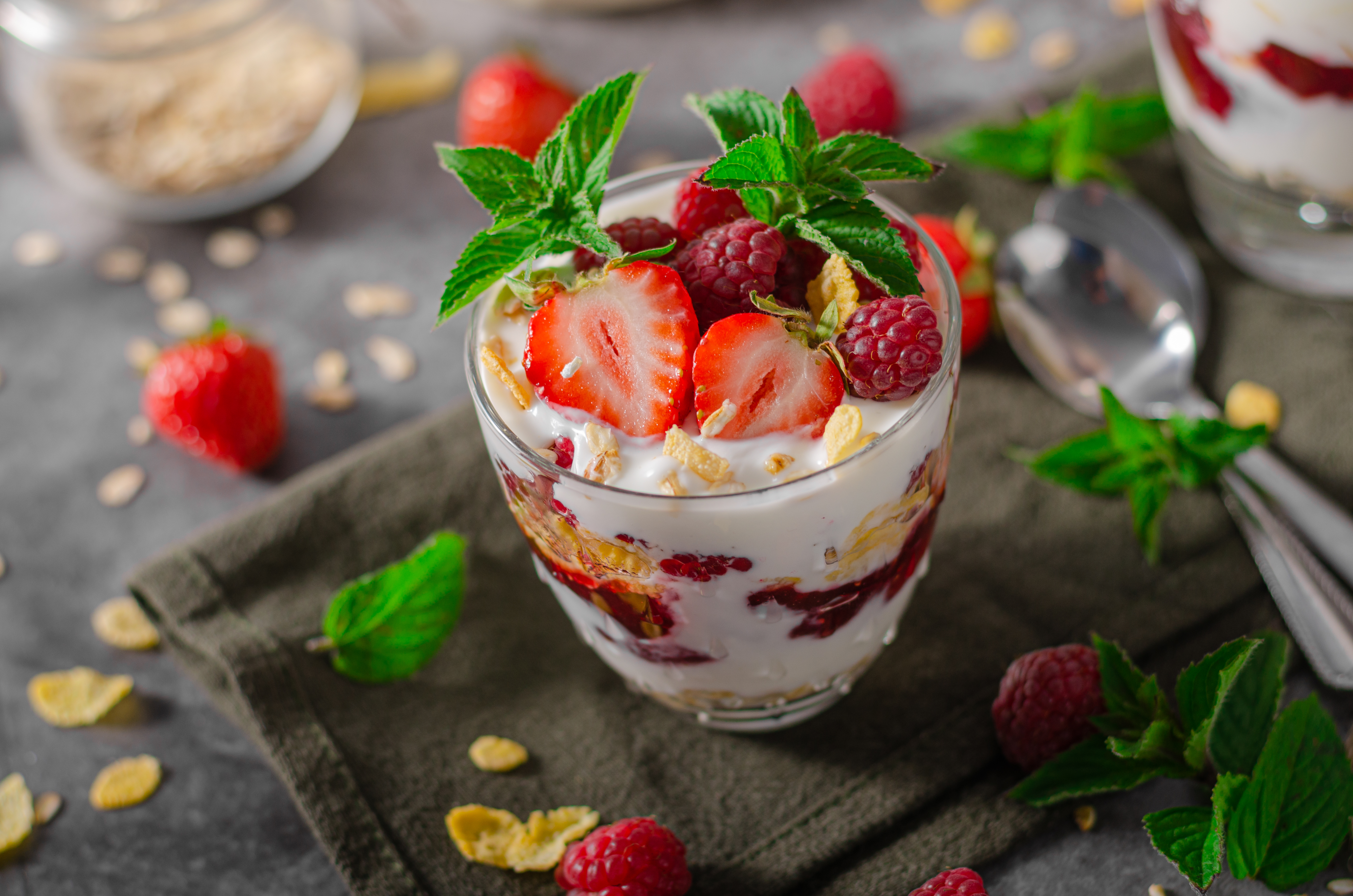
Yogurt is often marketed as a health food, rich in probiotics and calcium. However, many flavored yogurts contain added sugars that can quietly raise blood sugar levels. Even seemingly healthy options like fruit-flavored or low-fat yogurts can be laden with sugar to enhance taste. For diabetes management, it's advisable to choose plain, unsweetened yogurt and add fresh fruits or a small amount of natural sweetener for flavor. This approach not only helps control sugar intake but also allows for customization based on personal taste preferences.
4. The Sweetness of Breakfast Cereals

Breakfast cereals are a quick and convenient option for many, but they often contain hidden sugars that can impact blood sugar levels. Even cereals marketed as "healthy" or "whole grain" can be deceiving, as they may still contain significant amounts of sugar. The high carbohydrate content in cereals, combined with added sugars, can lead to a rapid increase in blood glucose. For those managing diabetes, it's important to read labels carefully and opt for cereals with low sugar content and high fiber. Alternatively, homemade oatmeal with nuts and seeds can be a healthier breakfast choice.
5. The Carbs in Potatoes

Potatoes are a versatile and popular food, but they can be problematic for those managing diabetes due to their high starch content. When consumed, potatoes are rapidly broken down into glucose, leading to a spike in blood sugar levels. This effect is particularly pronounced with mashed potatoes or fries, which have a higher glycemic index. For a healthier alternative, consider sweet potatoes, which have a lower GI and are rich in vitamins and fiber. Additionally, portion control is key when consuming potatoes to minimize their impact on blood glucose.
6. The Sugar in Salad Dressings
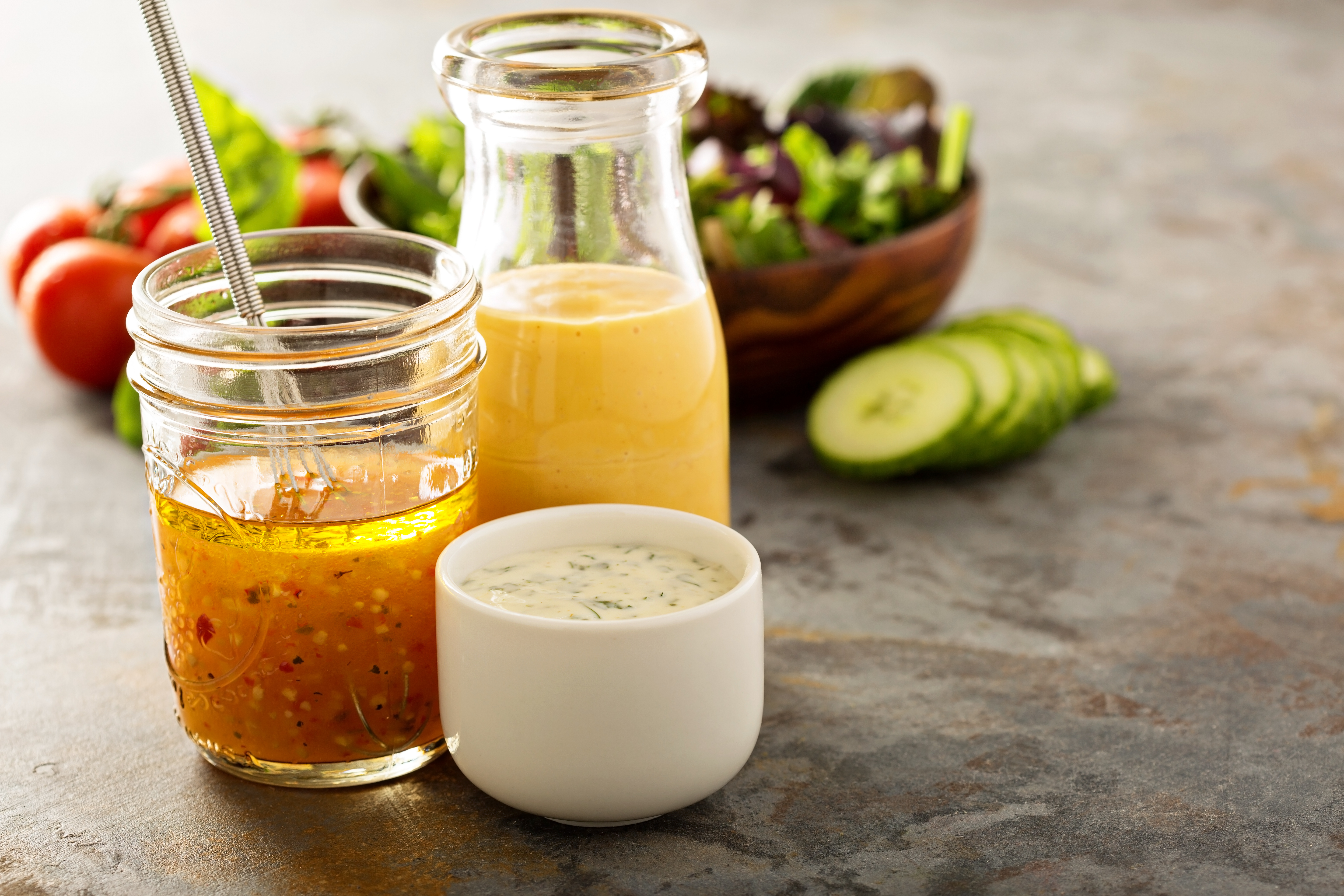
Salads are often considered a healthy meal choice, but the dressings used can contain hidden sugars that affect blood sugar levels. Many commercial salad dressings, especially those labeled as "low-fat," compensate for flavor with added sugars. These sugars can quickly add up, turning a healthy salad into a potential blood sugar spike. To manage this, consider making homemade dressings using olive oil, vinegar, and herbs, or choose dressings with no added sugars. Being mindful of portion sizes can also help control sugar intake from dressings.
7. The Impact of Canned Soups
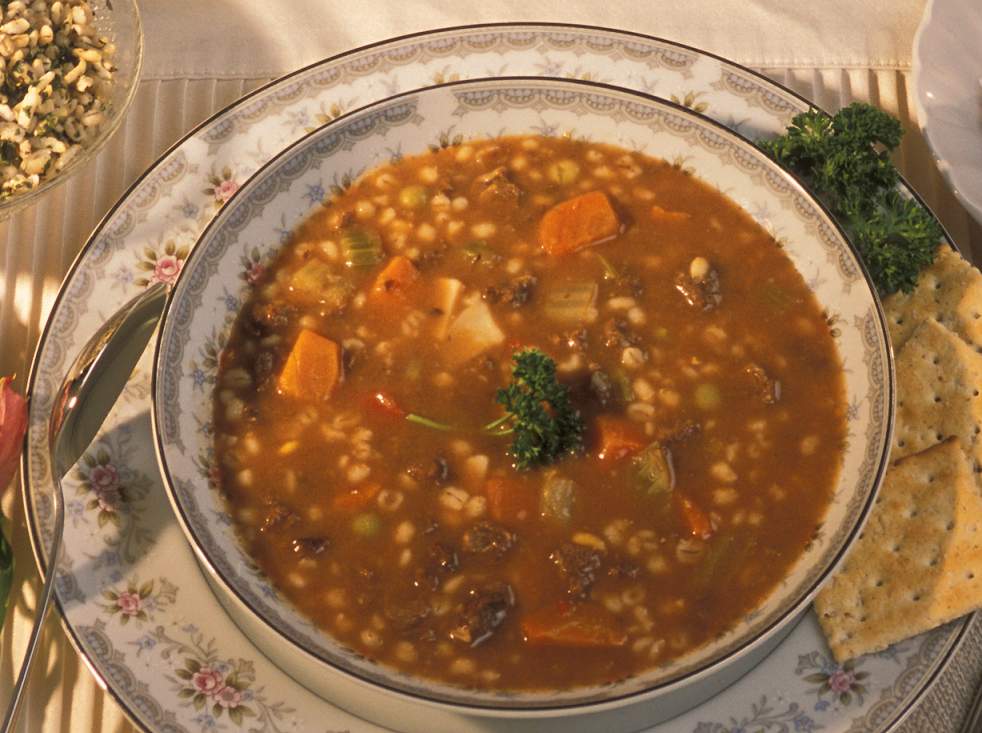
Canned soups are a convenient meal option, but they often contain hidden sugars and high levels of sodium. These ingredients can contribute to increased blood sugar levels and affect overall health. The sugars are sometimes added for flavor or as preservatives, making it important for us to carefully read the labels on these products. Opting for low-sodium or no-sugar-added varieties can help mitigate these effects. Alternatively, homemade soups made with fresh ingredients allow for better control over sugar and salt content, thereby providing a healthier option for those managing diabetes.
8. The Complexities of Milk and Dairy Products
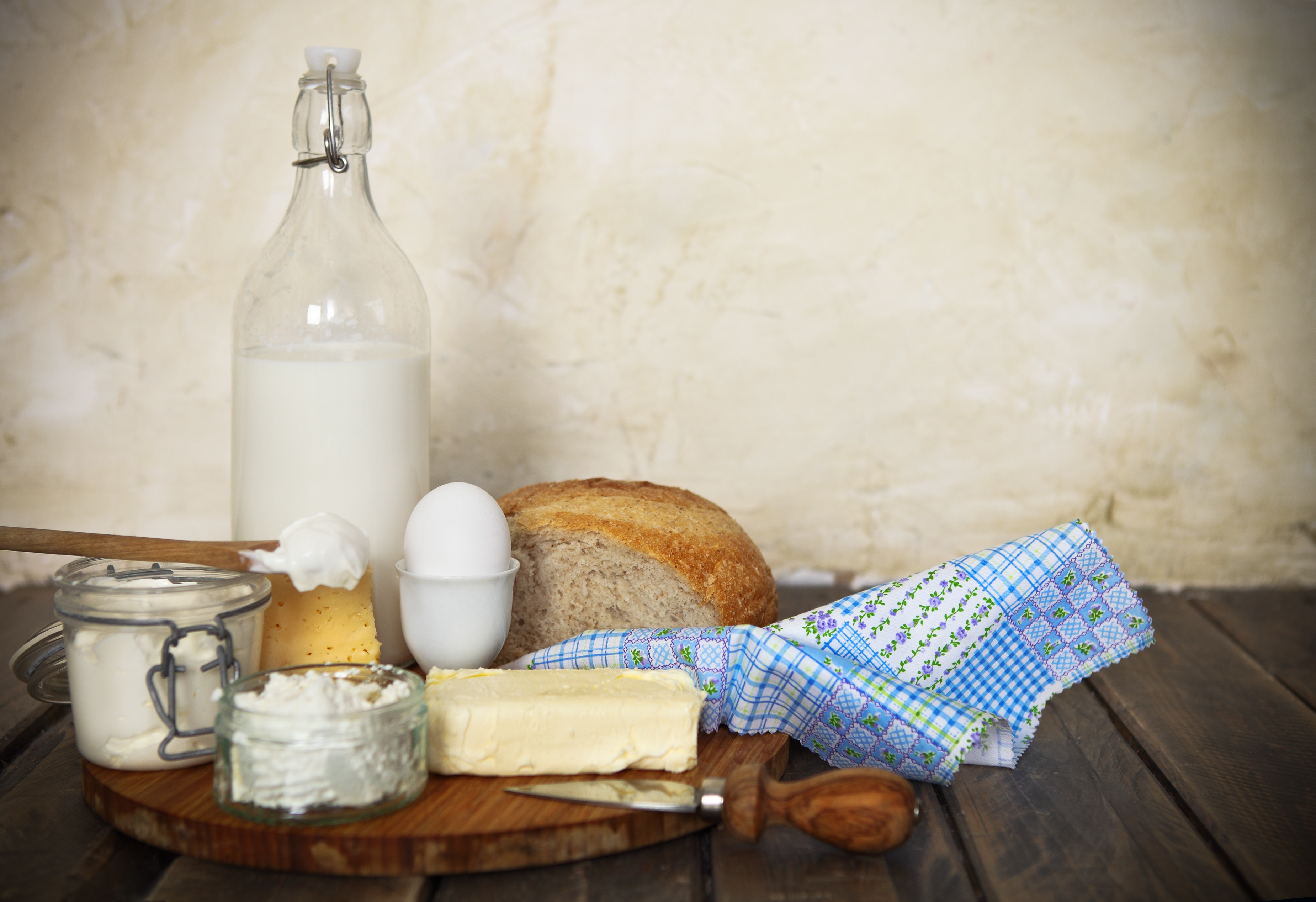
Milk and dairy products are important sources of calcium and vitamin D, but they can also affect blood sugar levels. Lactose, the natural sugar in milk, can contribute to blood glucose spikes—particularly in individuals who consume large quantities. Flavored milks and sweetened dairy products such as ice cream can further exacerbate this issue. For those managing diabetes, choosing unsweetened almond, soy, or lactose-free milk can be beneficial. Additionally, being mindful of portion sizes and opting for low-fat dairy products can help manage blood sugar levels effectively.
9. The Sweetness in Condiments
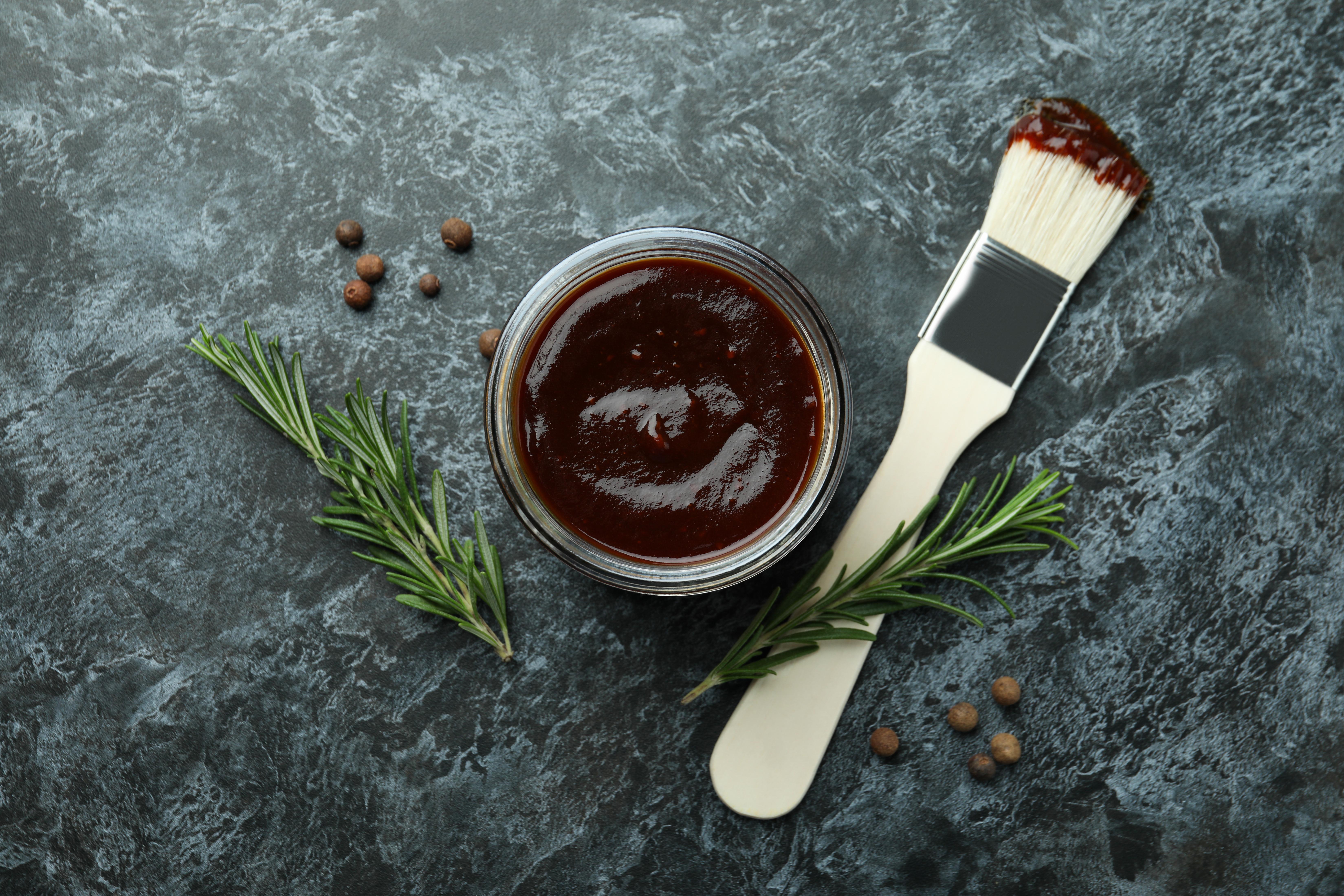
Condiments such as ketchup, barbecue sauce, and sweet chili sauce often contain added sugars that can quietly raise blood sugar levels. These sugars are used to enhance flavor and prolong shelf life, but they can quickly add up, especially when used liberally. For diabetes management, it's important to be aware of the sugar content in condiments and use them as sparingly as one possibly can. Opting for sugar-free or reduced-sugar versions also helps, as does making homemade condiments where you have full control over the ingredients used. Being mindful of portion sizes is equally crucial to managing sugar intake from condiments.
10. The Sugar in Energy Bars
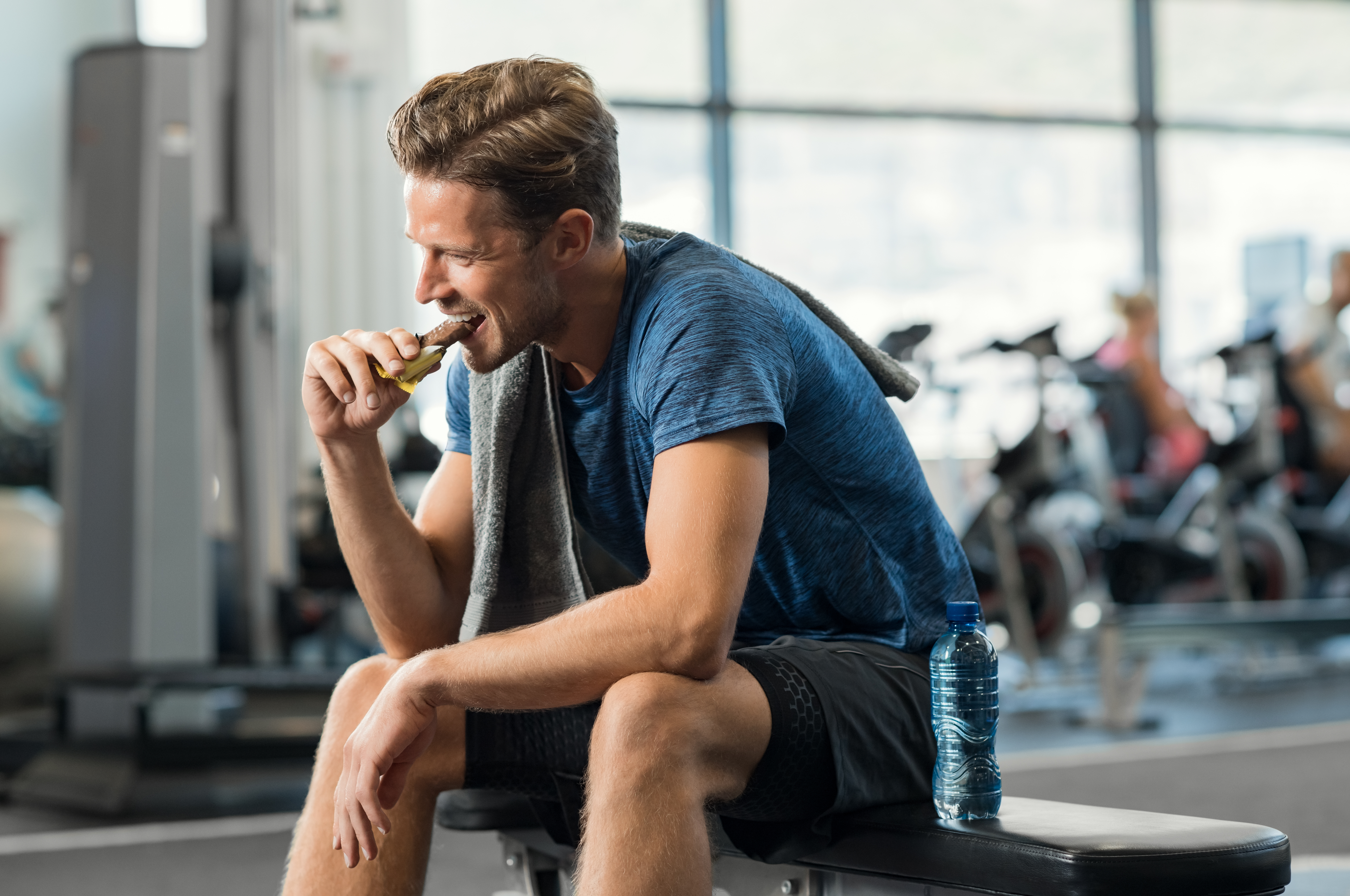
Energy bars are often marketed as a healthy snack or meal replacement, but they can be deceptively dangerous for those managing diabetes. Many energy bars contain added sugars, syrups, and high carbohydrate content, leading to a rapid increase in blood glucose levels. It's essential to read labels carefully and choose bars with minimal added sugars and high fiber content. Alternatively, making homemade energy bars with nuts, seeds, and natural sweeteners—like honey or dates—can provide a healthier option that supports stable blood sugar levels.
11. The High-Carb Content of Pasta
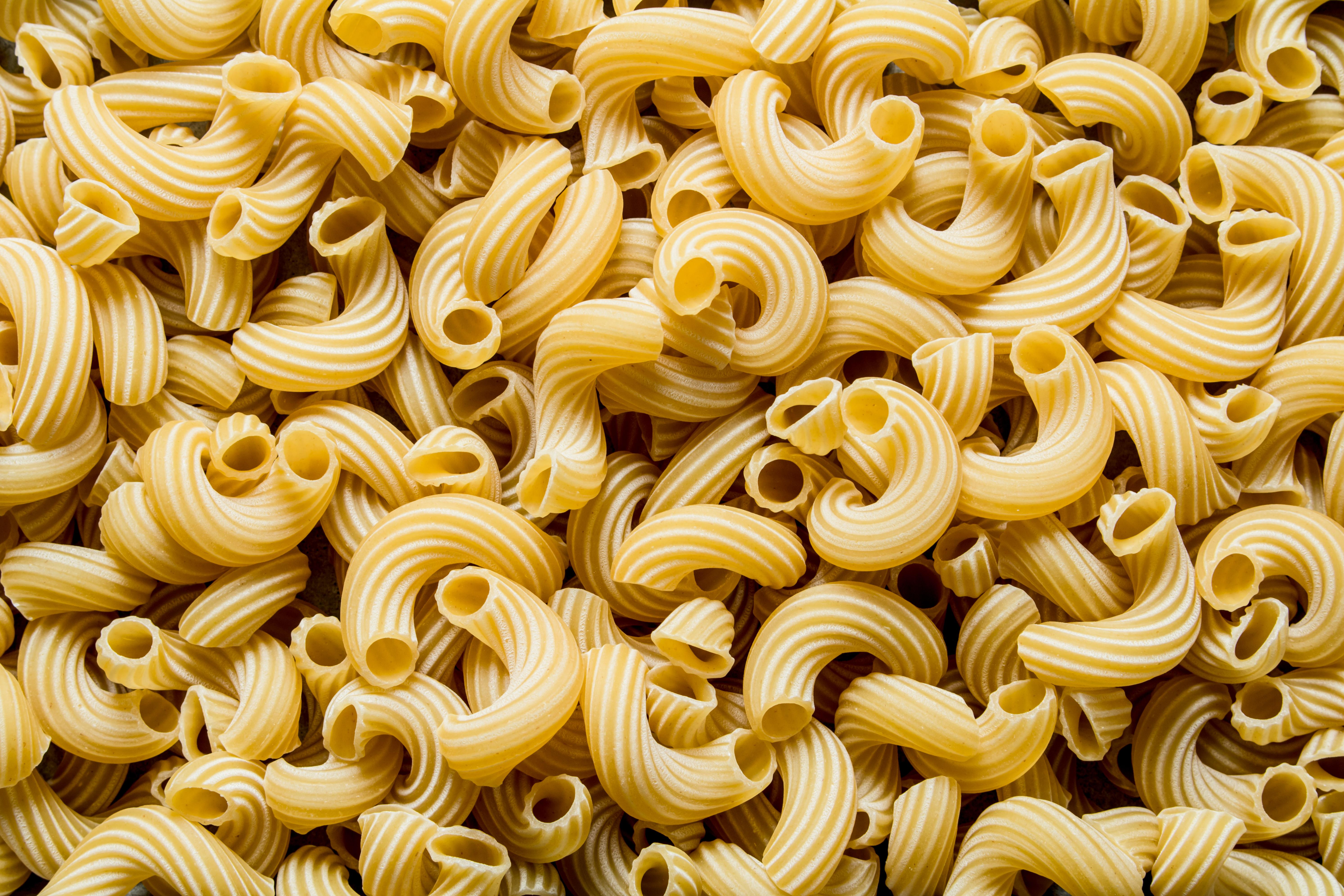
Pasta is a beloved staple in many cuisines, particularly the Italian cuisine, but its high carbohydrate content can pose challenges for those managing diabetes. Traditional pasta is made from refined flour, which can lead to rapid spikes in blood sugar levels. To manage this, consider opting for whole grain or legume-based pastas, which have a lower glycemic index and higher fiber content. Additionally, portion control is crucial, as large servings can significantly impact blood glucose. Pairing pasta with a protein source and plenty of vegetables can also help balance the meal and moderate its effects on blood sugar.
12. The Spike from Sushi Rolls

Sushi might seem like a light, healthy option, but for those managing diabetes, it can be a hidden troublemaker. White rice—often used in generous portions—has a high glycemic index and is typically mixed with sugar and vinegar, making it even more likely to spike blood sugar. Add in sweet sauces like eel sauce or spicy mayo, and your “clean” meal can quickly become a glucose bomb. To make sushi safer, opt for sashimi, choose brown rice when available, and skip sugary sauces. Always watch portion size—those tiny rolls can pack more carbs than you think.
13. The Surprise in Dried Fruits
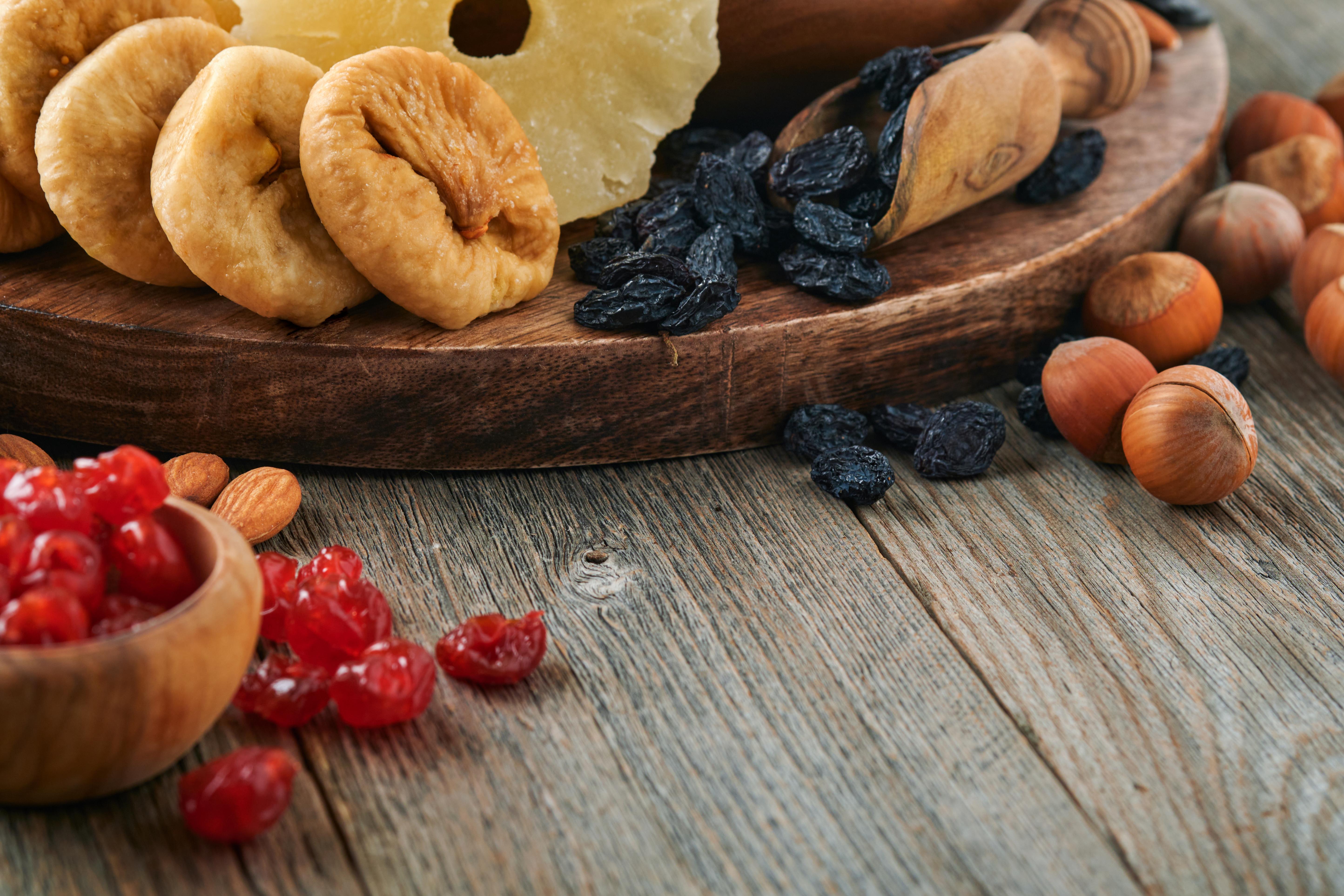
Dried fruits might sound healthy, but they’re incredibly concentrated sources of natural sugar. A small handful of raisins or dried mango can contain more sugar than an entire piece of fresh fruit—with none of the water content to help slow absorption. Many commercial versions also have added sugar for extra sweetness. This potent sugar load can lead to sharp blood sugar spikes. For better control, choose fresh whole fruits instead, or eat small amounts of dried fruit paired with protein or fat (like nuts) to blunt the glycemic impact. Always check labels for sneaky added sugars.
14. The Trap of “Gluten-Free” Products
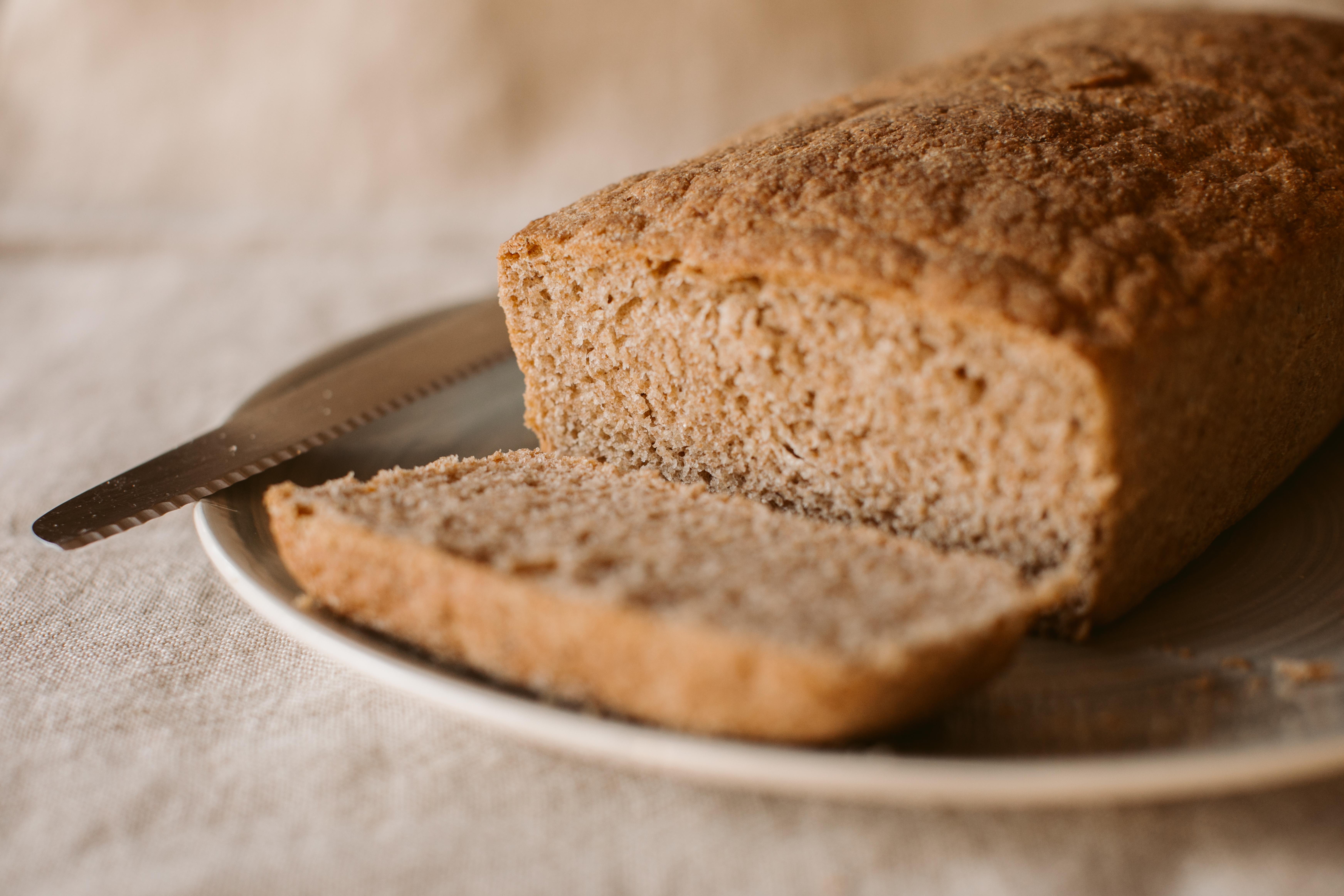
“Gluten-free” doesn’t mean blood sugar–friendly. In fact, many gluten-free products—like breads, crackers, and baked goods—use refined starches such as rice flour, tapioca, or potato starch, all of which can cause rapid glucose spikes. These alternatives often lack the fiber and protein found in whole grain wheat products, making their glycemic impact even more pronounced. If you’re managing diabetes and avoiding gluten, opt for gluten-free options made with chickpea flour, almond flour, or other high-fiber bases. Always read nutrition labels carefully—“gluten-free” is a label, not a license to ignore blood sugar.
15. The Danger of Smoothie Bowls
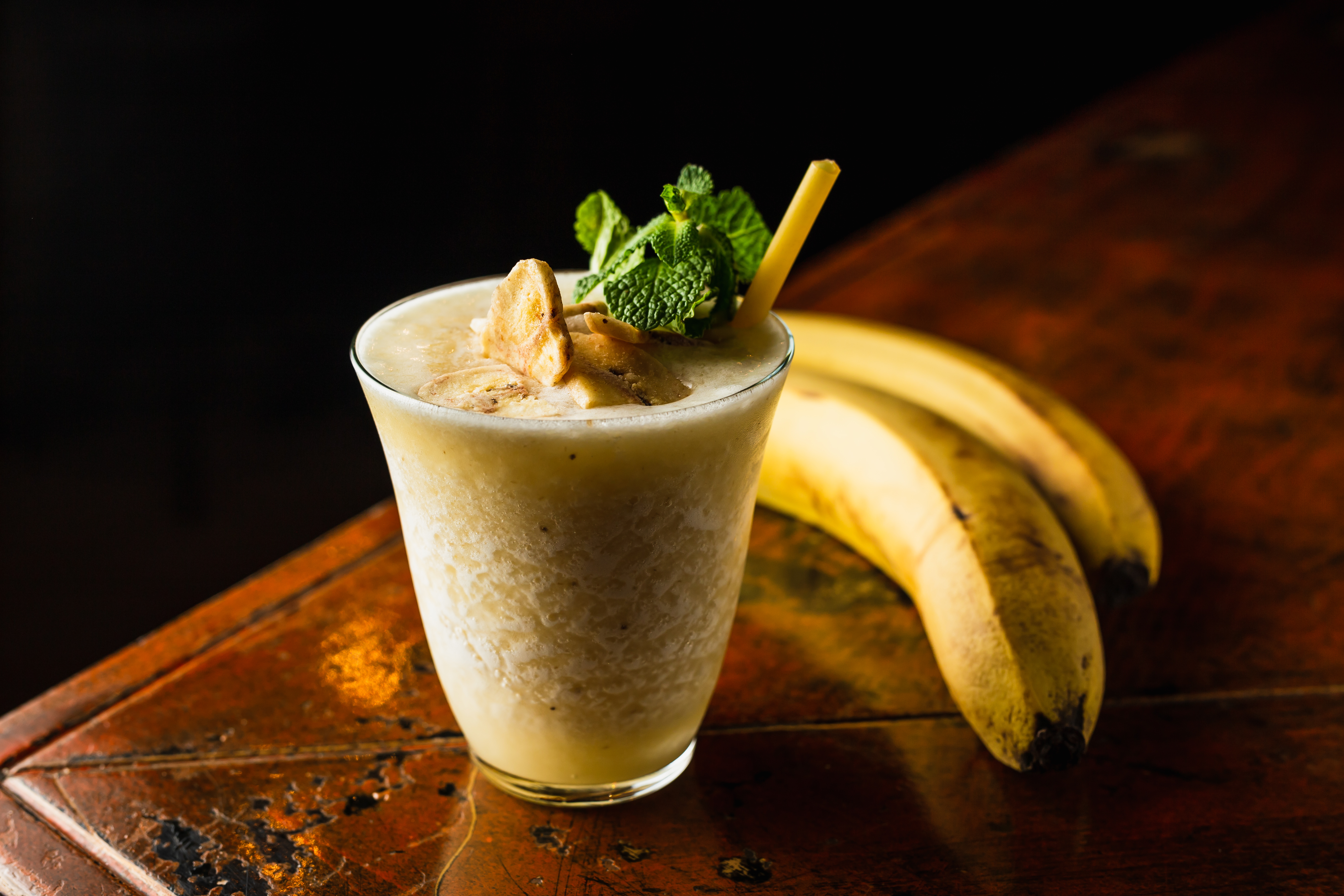
Smoothie bowls often masquerade as a nutritious breakfast, but many are loaded with sugar from multiple sources: fruit juices, bananas, honey, granola, and sweetened yogurt. Even natural sugars add up fast when blended into one concentrated bowl. The lack of fiber and fat also means the sugars are absorbed quickly, spiking blood glucose levels. To make smoothie bowls more diabetes-friendly, use leafy greens, unsweetened nut milk, protein (like Greek yogurt or protein powder), and top with seeds or nuts for healthy fat. Treat smoothies as a structured meal—not a free-for-all fruit fest.
16. The Unexpected Spike from Restaurant Soups
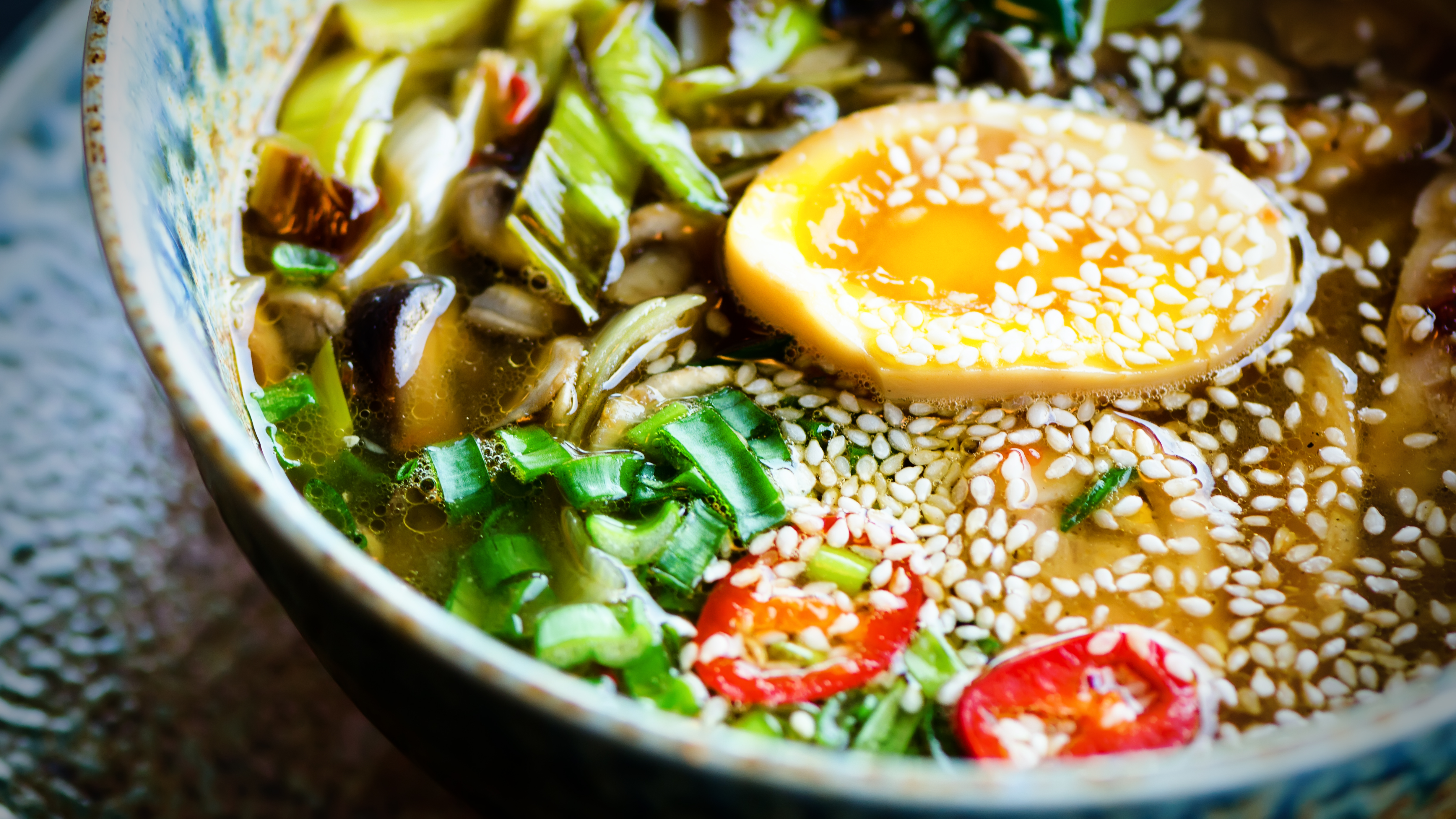
That cozy bowl of soup from your favorite restaurant could be packed with unexpected sugars and starches. Cream-based soups often contain flour or cornstarch for thickening, while tomato-based options might be sweetened to cut acidity. Even hearty vegetable or lentil soups can come with white rice or potatoes that drive up carbs fast. For better blood sugar control, choose broth-based soups without added grains or opt for homemade versions where you can control ingredients. Always ask about the contents when dining out—what seems like a light choice might not be so light on your blood sugar.
17. The Pitfalls of Vegan Meat Alternatives
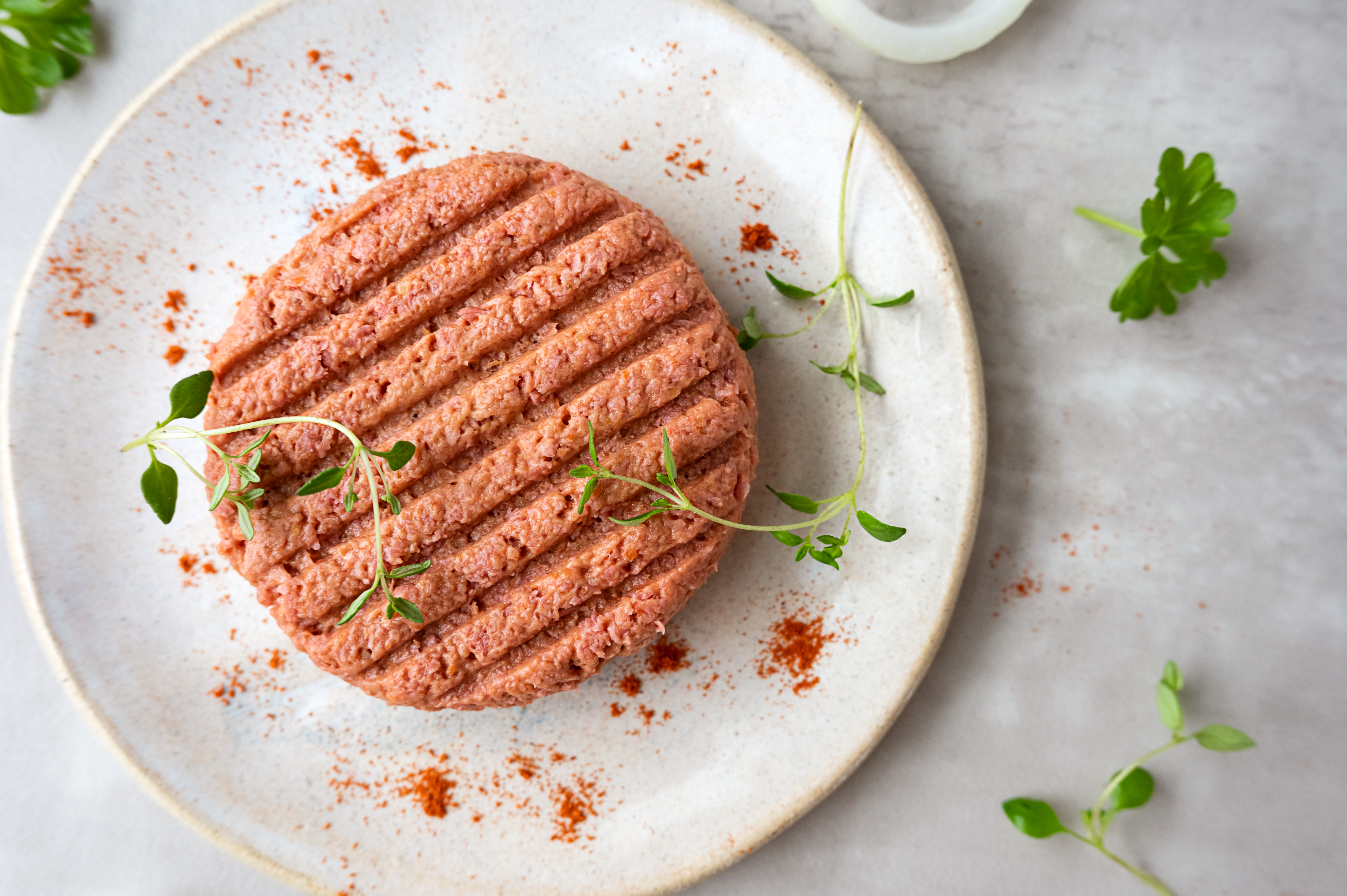
Plant-based doesn’t always mean healthy—especially when it comes to ultra-processed vegan meat substitutes. Many popular brands use refined starches, fillers, and added sugars to replicate flavor and texture, which can result in a surprisingly high glycemic load. Some patties, nuggets, or “sausages” contain maltodextrin or dextrose, which spike blood sugar rapidly. While these products offer convenience and ethical appeal, they can derail glucose control if eaten regularly. For a better option, go for minimally processed plant proteins like lentils, tofu, or tempeh, and always read labels carefully—even when something looks virtuous.
18. The Sugar Surge from Sports Drinks
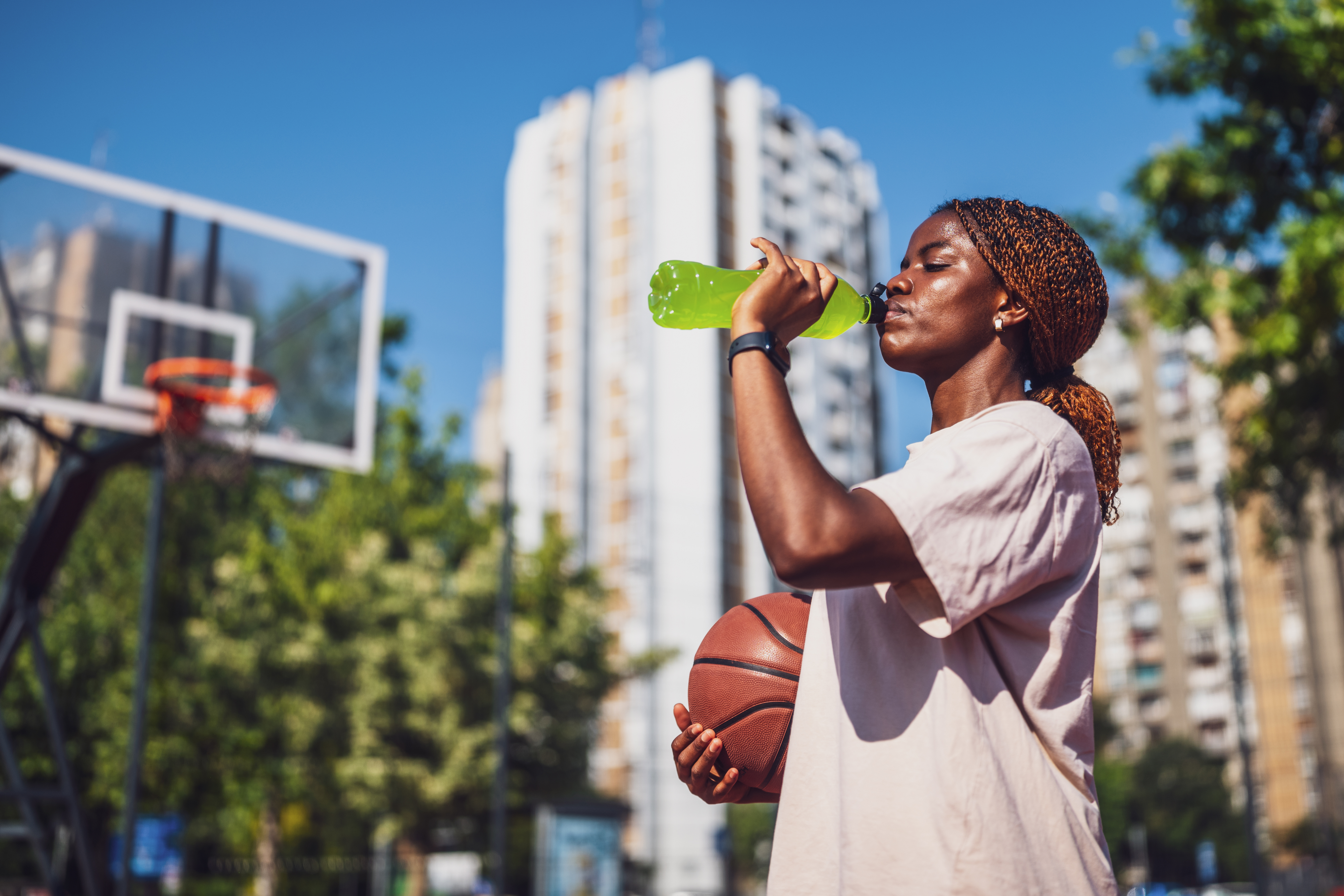
Marketed as hydration heroes, sports drinks are often loaded with sugar—sometimes even more than soda. A single bottle can contain up to 30 grams of sugar, designed to quickly replenish glycogen in athletes—not the average person. For those with diabetes or insulin resistance, these beverages can cause dramatic blood sugar spikes. Even “electrolyte-enhanced” waters or “zero sugar” versions can contain hidden carbs or artificial sweeteners that impact insulin response. For hydration without havoc, stick to water, herbal teas, or add a pinch of salt and a splash of lemon for a DIY electrolyte boost.
19. The Misleading Health Halo of Agave Syrup
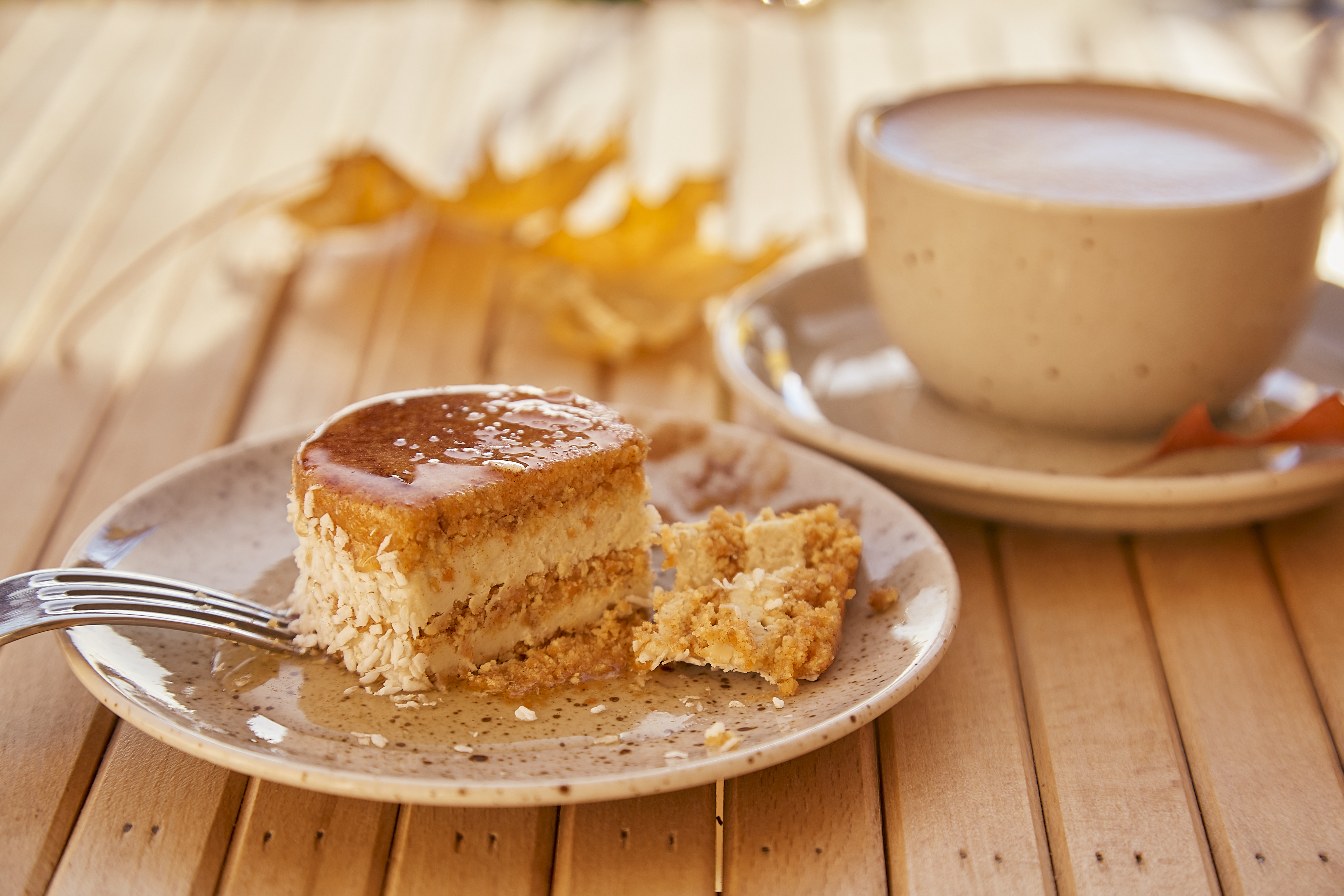
Agave syrup is often touted as a healthier alternative to sugar due to its low glycemic index—but the reality is more complicated. While it causes a slower glucose rise, agave is extremely high in fructose, which can overload the liver, worsen insulin resistance, and increase triglycerides over time. It’s also sweeter than table sugar, making overuse common. For blood sugar balance, avoid relying on agave and opt instead for more balanced natural sweeteners like monk fruit or stevia. Better yet, retrain your palate to enjoy foods with less sweetness altogether.
20. The Sneaky Carbs in Gluten-Free Pizza Crusts

Many gluten-free pizza crusts are made with refined flours like white rice or tapioca starch, which digest quickly and cause blood sugar spikes. Though marketed as healthier, these crusts often lack fiber or protein, making them even more problematic for glucose control. Some versions include hidden sugars to enhance flavor or browning. If pizza’s on the menu, try cauliflower-based crusts with minimal additives or whole grain alternatives made from chickpea or almond flour. Add fiber-rich veggie toppings and protein to slow absorption and keep your blood sugar steadier after mealtime.
21. The Unexpected Hit from Instant Oatmeal Packets
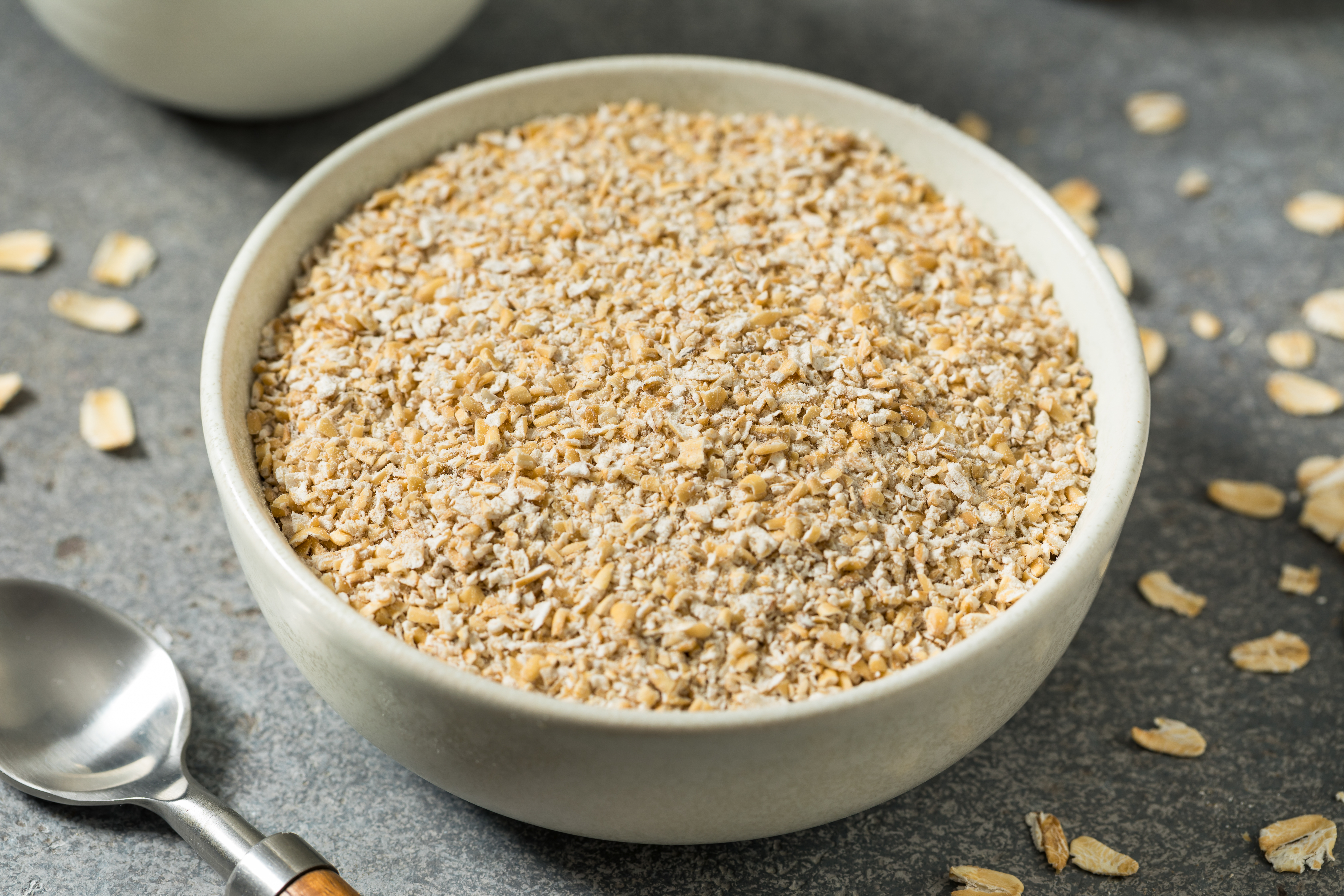
Oatmeal may seem like a blood sugar-friendly breakfast, but instant packets are often a different story. Many are pre-flavored and pre-sweetened with added sugars and syrups, causing a rapid glucose surge. Plus, the oats are processed to cook faster, meaning they’re broken down more quickly by the body—further accelerating the sugar spike. Instead, go for steel-cut or old-fashioned rolled oats and flavor them yourself with cinnamon, chia seeds, or a few berries. Slowing down the prep can help slow down your blood sugar too.
22. Rice Cakes: The Crunchy Deceivers
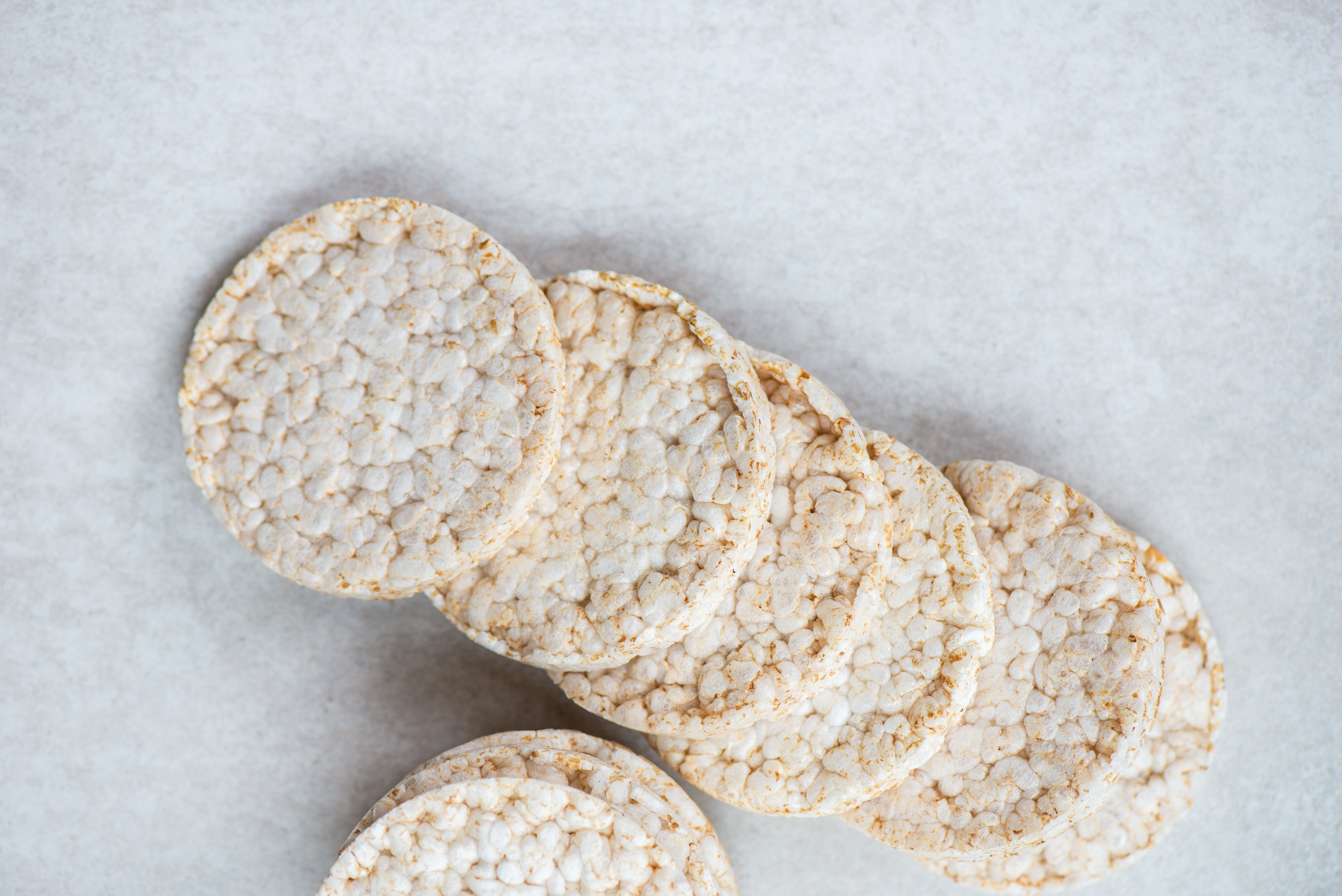
Rice cakes may scream "diet food," but they digest like pure sugar. Their puffed texture means little fiber or fat to slow down absorption, causing a rapid spike in blood glucose. Even plain varieties have a high glycemic index—and the flavored ones? Often packed with sweeteners or syrup coatings. What feels like a light snack is metabolically loud. If you love the crunch, opt for whole grain crackers with fiber, and pair with protein or healthy fats like nut butter or avocado. A crunchy fix shouldn’t come at the cost of stable blood sugar.
23. Coffee Creamers: The Morning Saboteurs
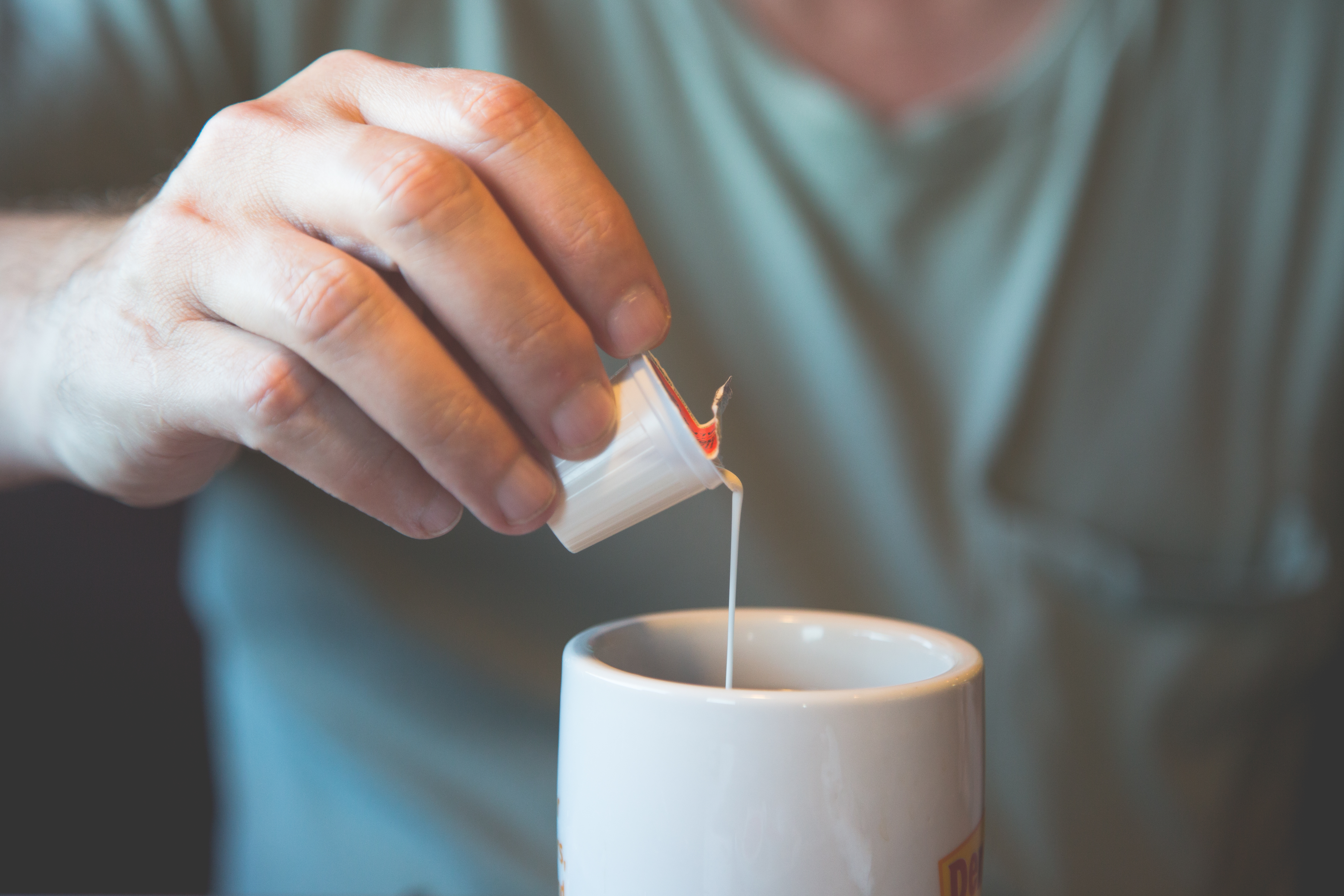
That splash of flavored coffee creamer might seem innocent—but many are loaded with added sugars, corn syrup solids, and hydrogenated oils. Even small servings can spike your blood sugar before breakfast begins. “Sugar-free” versions often contain artificial sweeteners that may still affect insulin response or gut health. And because creamers are liquid, their carbs absorb quickly—causing a faster hit. For better balance, try unsweetened almond or coconut milk, or a dash of cinnamon and real cream. Your morning brew should energize you—not send your glucose on a rollercoaster ride.
24. Acai Bowls: The Superfood Trap
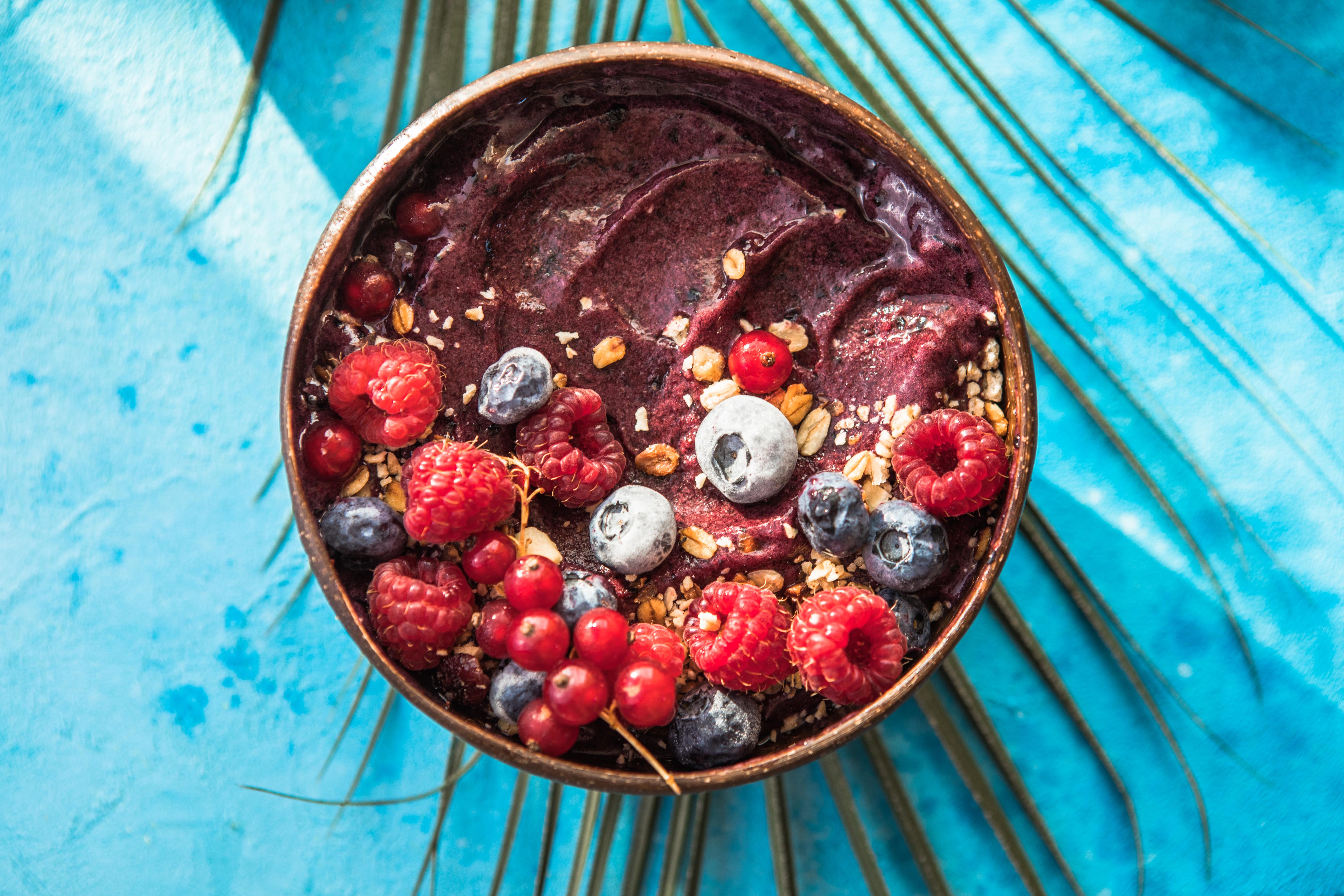
Acai bowls are branded as nutrient-dense power meals—but many are sugar bombs in disguise. Acai puree is often blended with fruit juice or sweeteners, then topped with bananas, granola, honey, and dried fruits. The result? A beautiful bowl that can rival a dessert in sugar content. Without protein or fat to buffer the hit, your blood sugar can soar fast. To make it smarter, skip the added sweeteners, go easy on toppings, and include protein (like Greek yogurt) or healthy fat (like nut butter). A superfood meal shouldn’t come with a super spike.
25. Frozen Yogurt: The Faux Healthy Dessert
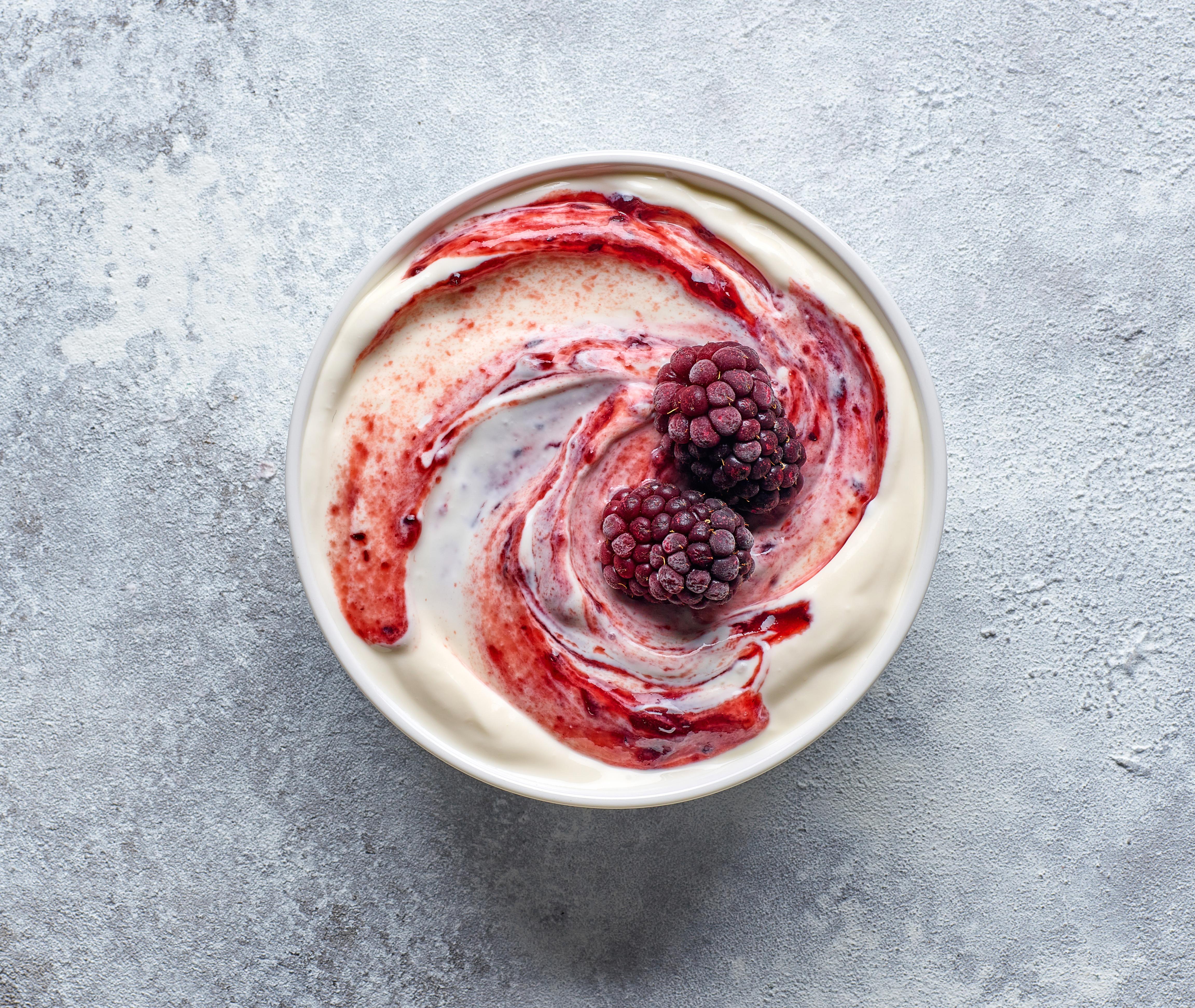
Frozen yogurt feels like a “lighter” treat compared to ice cream—but it's often just as sugary, with extra marketing spin. Many froyo brands add sweeteners to boost flavor and texture, and self-serve portions can quietly pile on the carbs. Toppings like crushed cookies, candy, and syrups only make it worse. Even low-fat versions can lead to bigger spikes, as fat helps slow digestion. Want a better option? Go for plain Greek yogurt, freeze it at home, and add berries or a drizzle of nut butter. Dessert can be sweet without playing tricks on your glucose.
26. Bottled “Green” Juices: The Clean Con
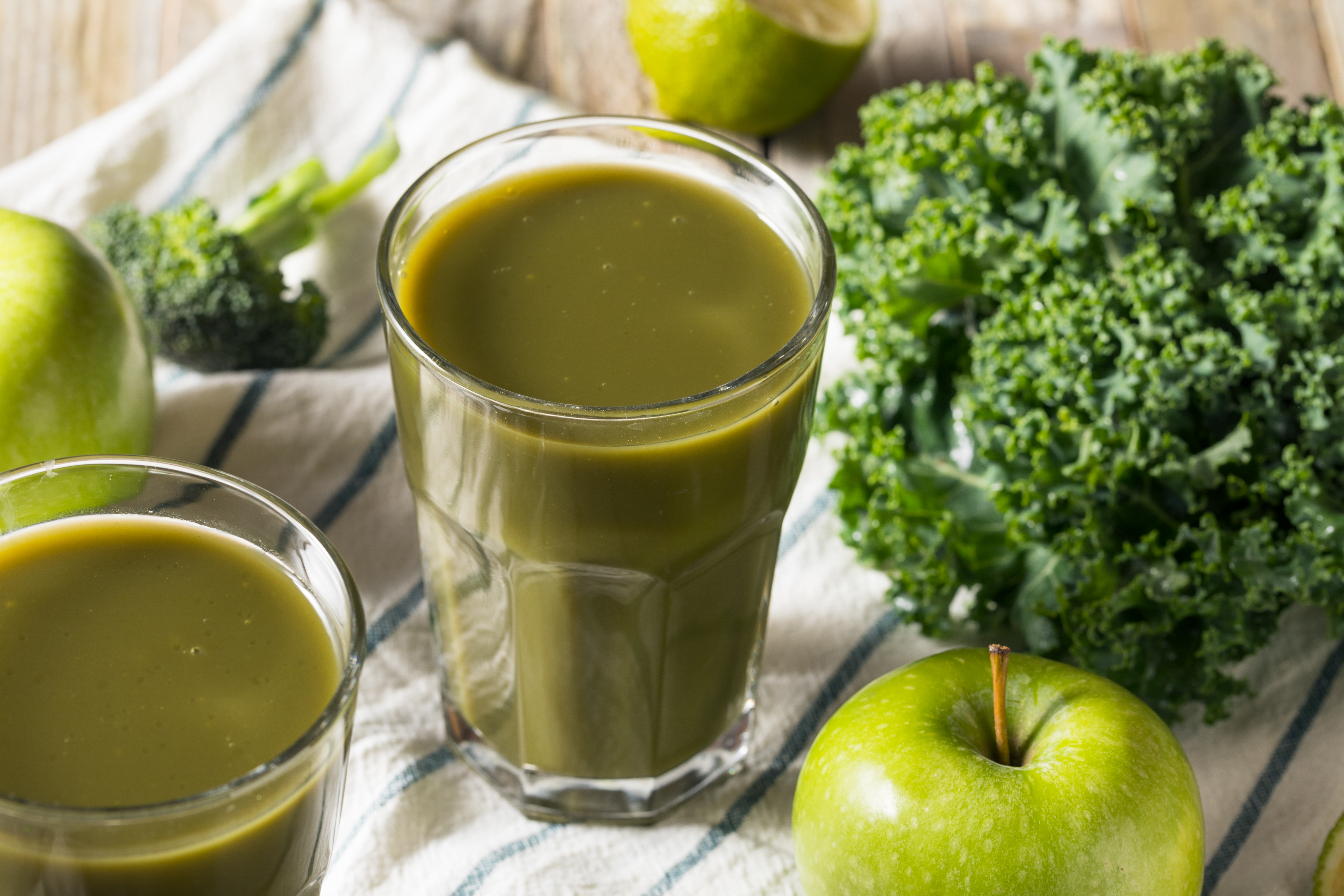
Green juices seem like the epitome of health—but bottled varieties often contain more fruit than vegetables, pushing sugar levels sky-high. Don’t let the green hue fool you—apple, pineapple, or mango are often the first ingredients. With no fiber and no fat, the sugars hit your bloodstream fast. Even juices labeled “no added sugar” can be problematic due to naturally occurring fruit sugars. If you love juicing, make your own with mostly leafy greens, cucumber, and lemon, and drink alongside a protein-rich meal. A detox drink shouldn't make your blood sugar toxic.
27. Flavored Instant Oatmeal (Beyond the Cereal Aisle)
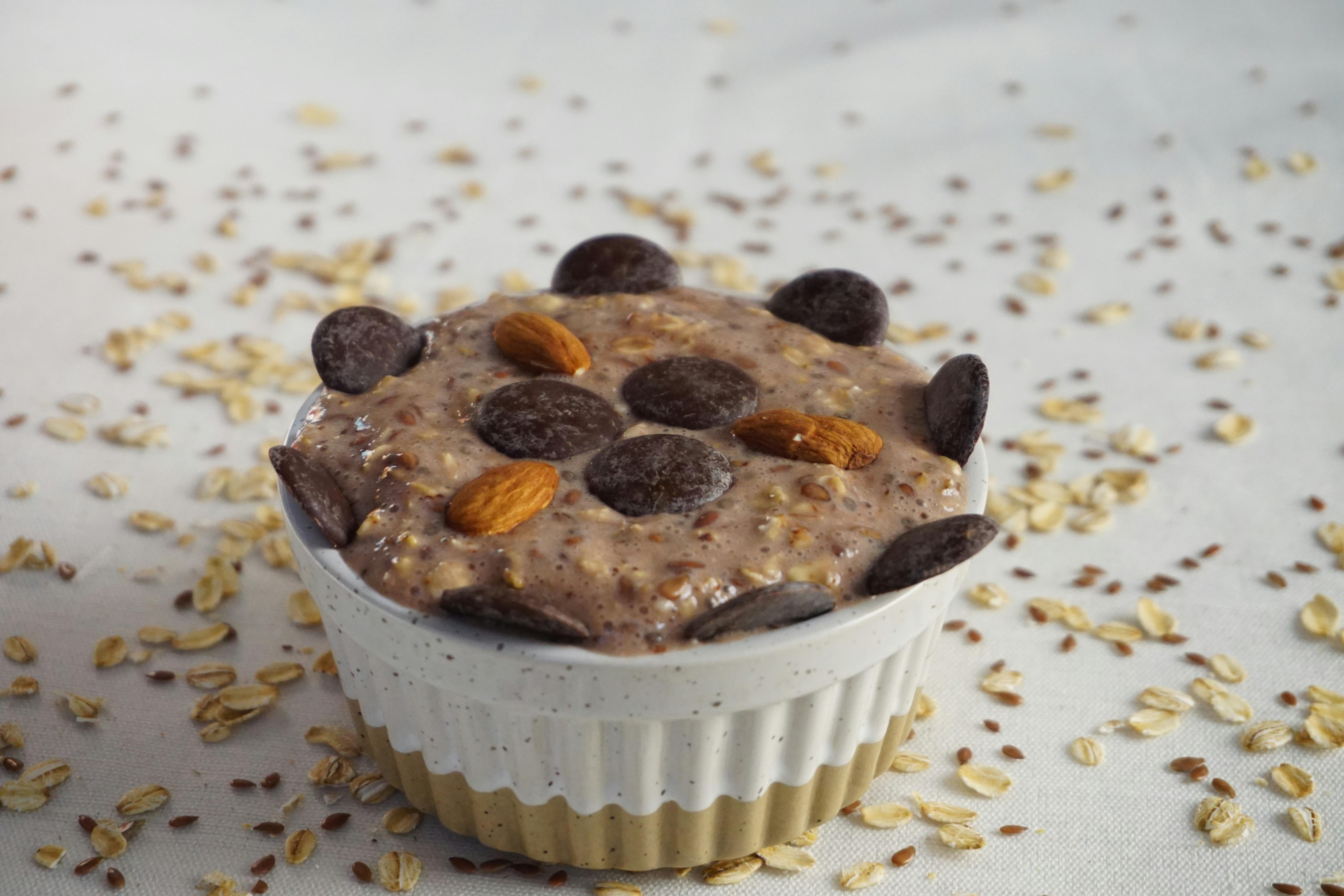
While you mention instant cereal packets, flavored instant oatmeal deserves its own entry as a deceptive health food. Unlike the large rolled or steel-cut oats, instant versions are pulverized and pre-cooked, making their starch easily accessible to digestive enzymes. Even a seemingly small amount of added sugar (often maple or brown sugar flavor) in the packet combines with this rapidly digestible starch to cause a blood sugar spike almost as fast as white bread. Always choose plain, unflavored rolled oats and control the sweetness with nuts, seeds, and spices instead.
28. Pre-Cooked White Rice (Especially Leftovers Reheated)
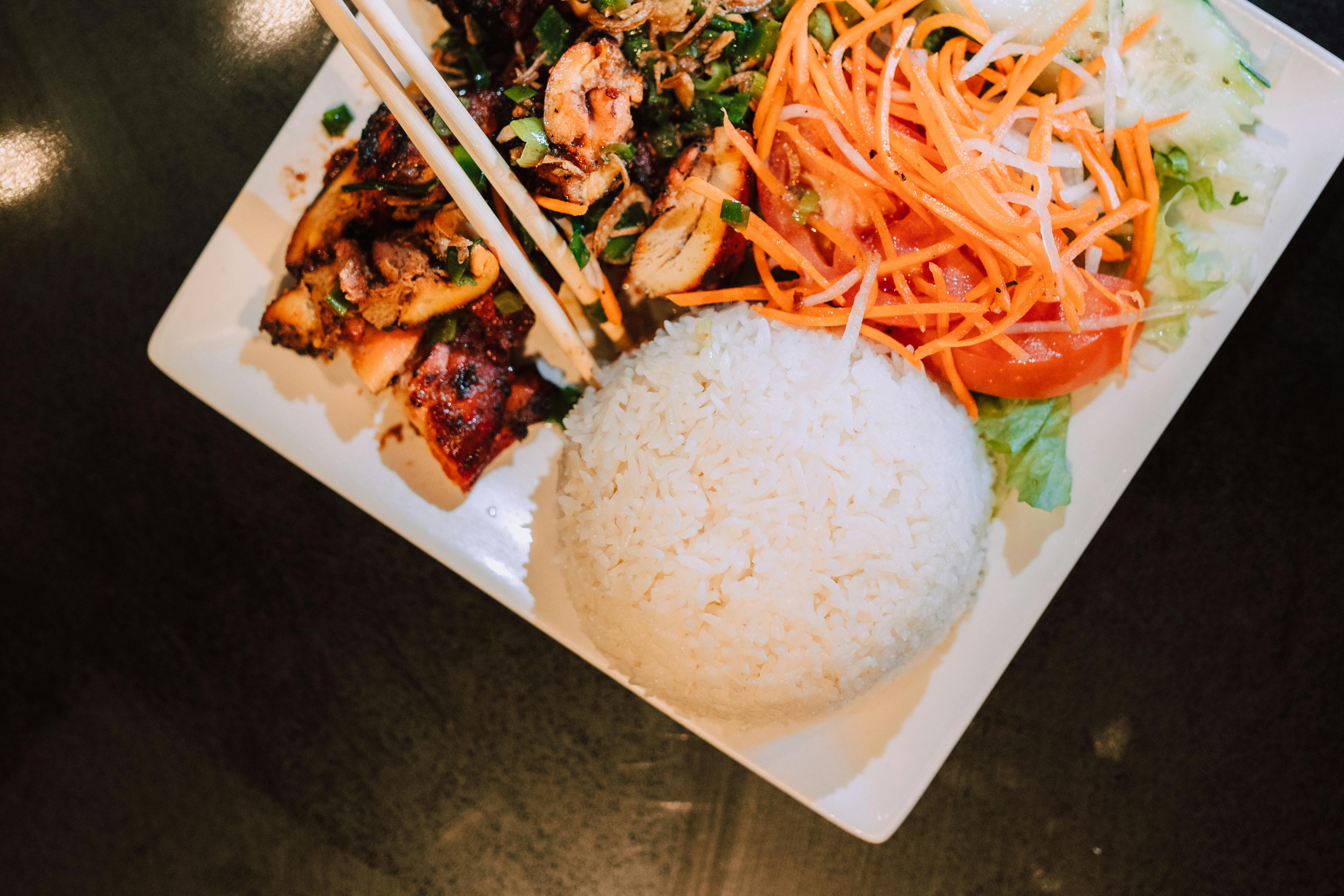
White rice is a known high-GI food, but pre-cooked, packaged, and rapidly reheated white rice is especially problematic. The combination of processing (which gelatinizes the starch) and the lack of fiber means the glucose is dumped into the bloodstream quickly. While cooling rice actually creates resistant starch (which is good), reheating it can break down beneficial resistant starch and often return it to a high-GI state. To mitigate this, opt for brown rice or wild rice, which retain their fiber, or ensure your white rice is paired with substantial protein and fat.
29. Packaged Fruit Leather and Fruit Rolls
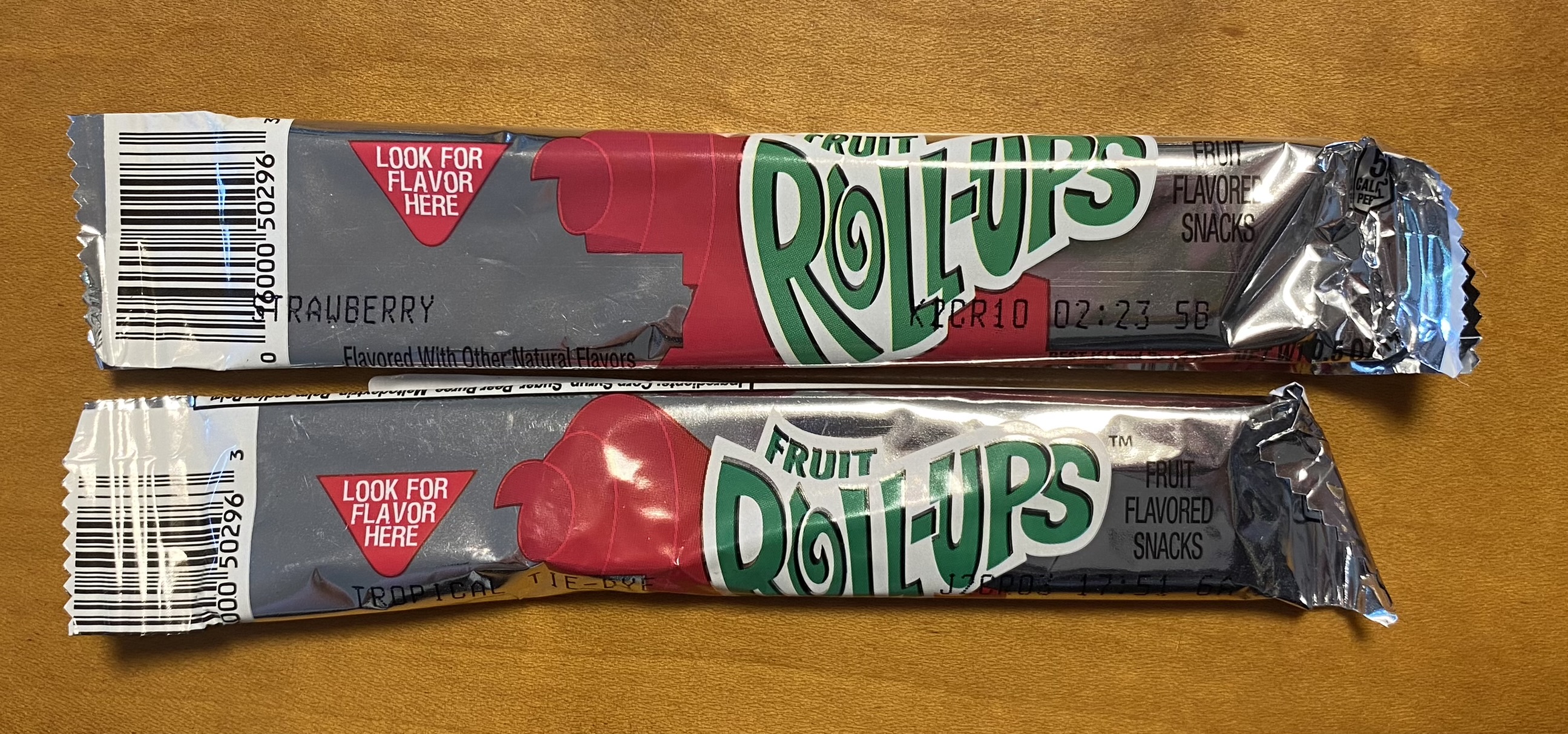
Often marketed in the children's section as "made with real fruit," these packaged snacks are essentially concentrated sugar strips with very little of the original fruit's fibrous structure. The fruit puree is cooked down, removing water and concentrating the natural sugars, sometimes with added syrups or colors. When eaten, this dense, chewy form provides an immediate and substantial glucose load without the buffering effect of pulp or seeds. For a genuinely blood sugar-friendly fruit snack, choose a piece of whole, fresh fruit like an apple or orange.
30. Sweetened Plant-Based Milks (Oat, Rice, and Hemp)
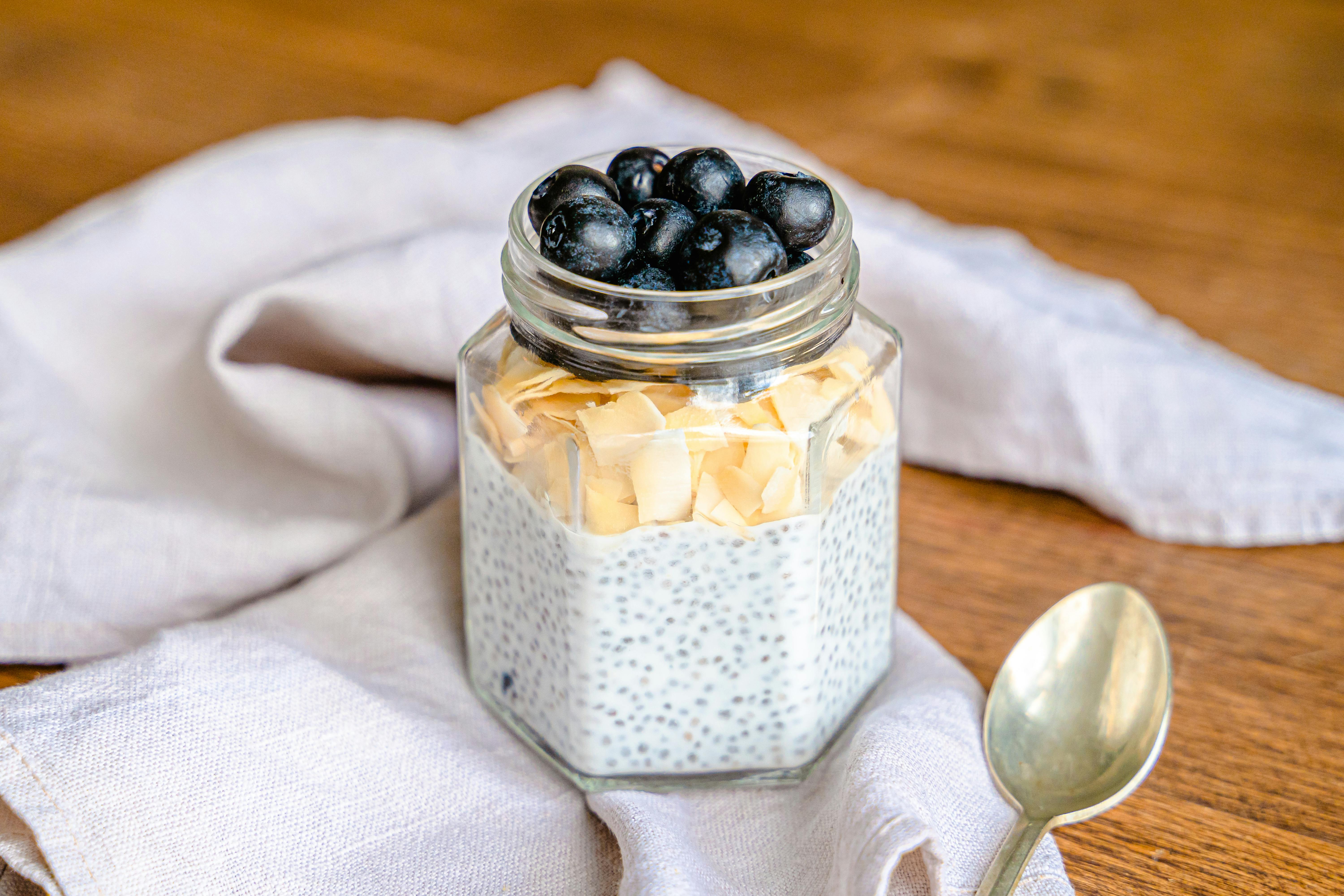
Plant-based milks are popular dairy alternatives, but sweetened varieties (especially oat and rice milks) are stealth sugar sources. Oat milk's production process breaks down its starch into simple sugars, and flavored versions often double down with added sweeteners. A glass of flavored oat milk can contain as much sugar as a regular soda. Because these are liquid, the sugar absorption is rapid. Always check labels and choose "Unsweetened" almond, soy, or cashew milks to avoid the unnecessary sugar hit and keep your daily beverage choices supportive of stable blood glucose.
31. High-Sugar Protein/Nutrition Shakes (Bottled)
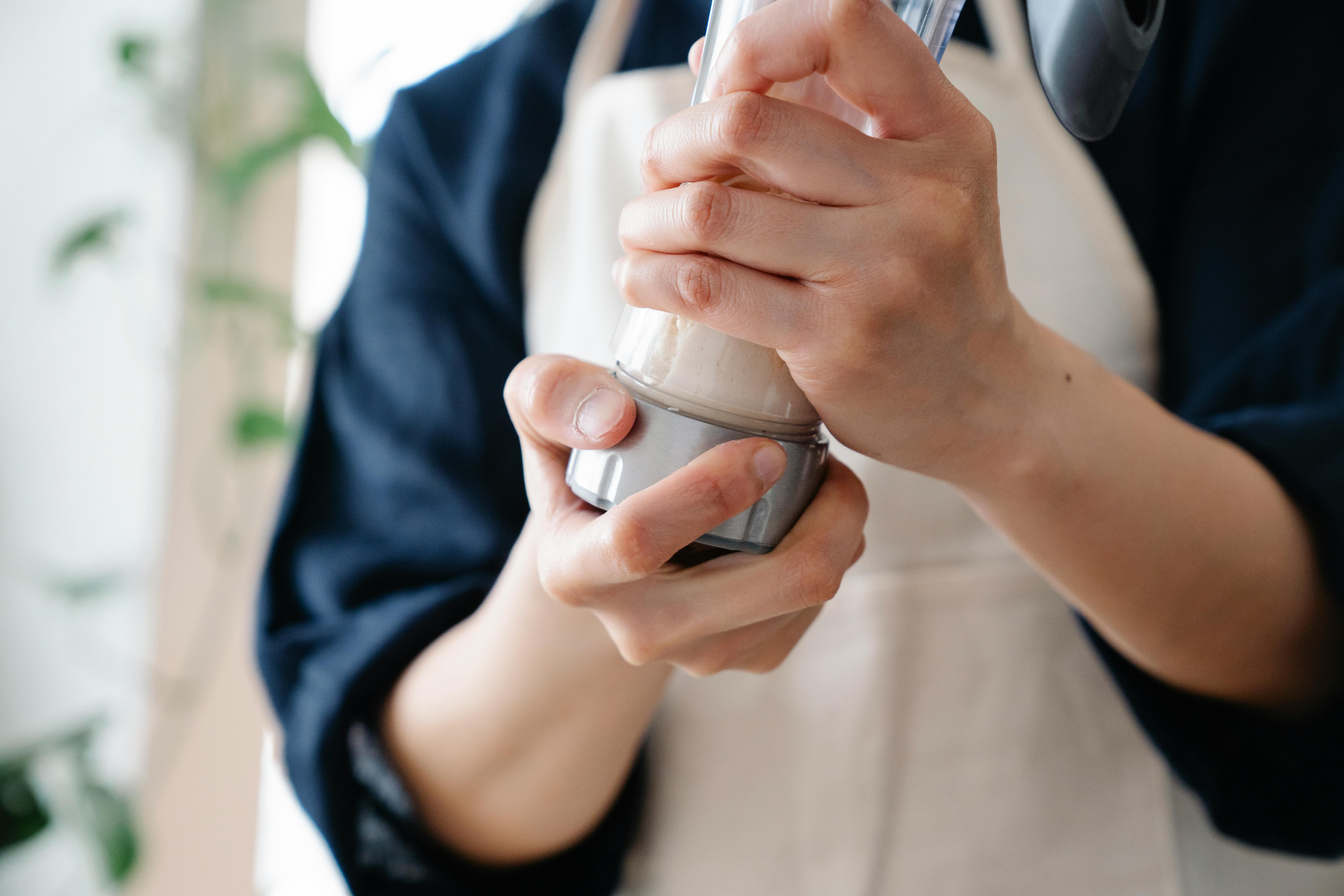
The convenience of a bottled, ready-to-drink protein shake often hides a compromise: high sugar. Many mass-market "nutrition" or "meal replacement" shakes are loaded with sugars, corn syrup, or fruit concentrates to make the high protein palatable. This liquid combination is a fast track to a spike, as the protein is instantly accompanied by simple carbs. Always read the label; if "sugar," "syrup," or "dextrose" is high on the list, skip it. Choose powdered whey or plant protein that you can mix with water and healthy fats (like nut butter) to ensure your shake truly supports metabolic balance.
32. Most Store-Bought Barbecue and Teriyaki Sauces
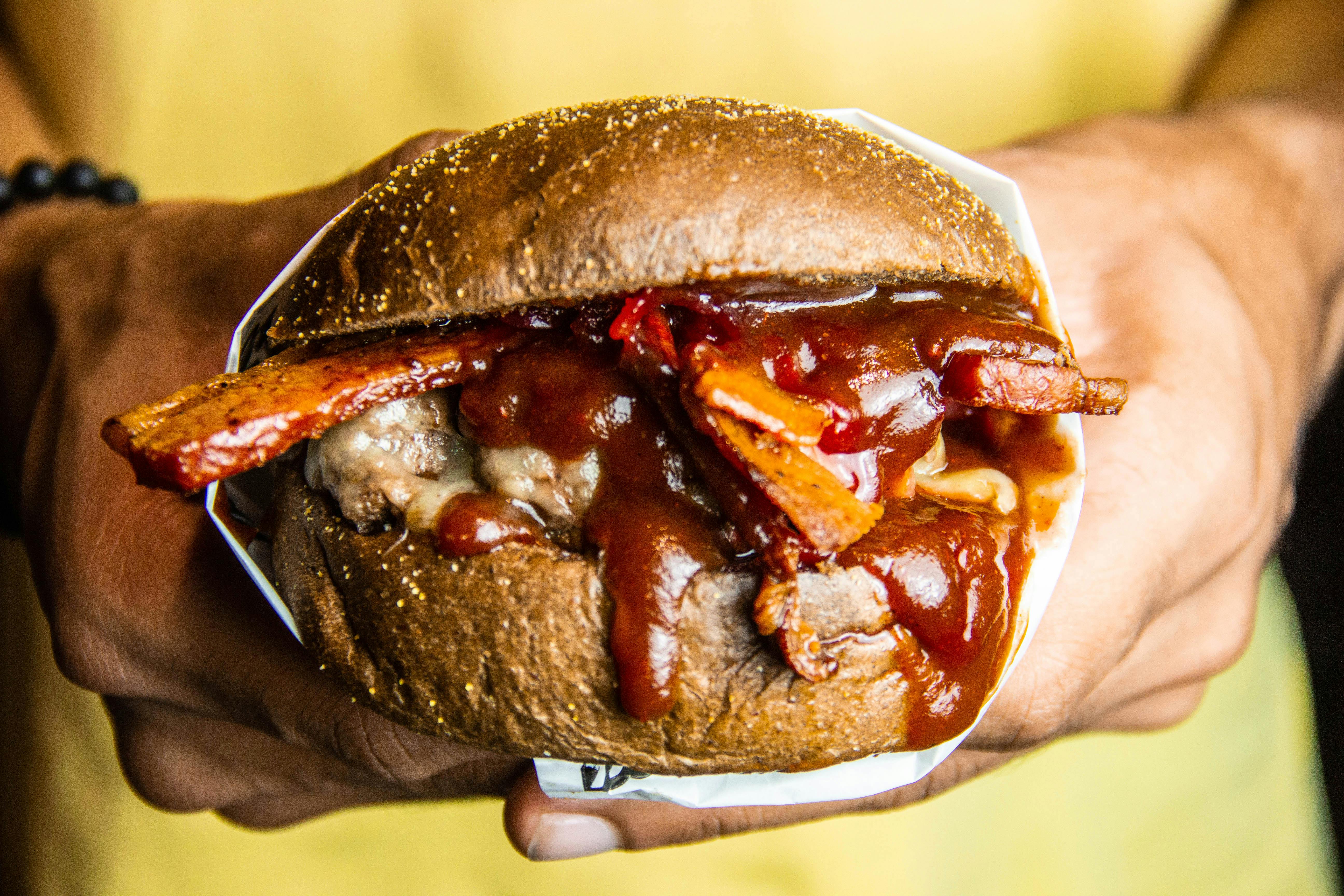
These deeply savory sauces are often the last place people look for sugar, yet they are typically loaded with it. Manufacturers use high-fructose corn syrup, brown sugar, or molasses in large amounts to achieve that sticky glaze and balanced flavor. A single serving (usually just two tablespoons) of a major brand's BBQ sauce can contain 15 to 20 grams of sugar, spiking blood glucose rapidly. Even "light" or "low-carb" versions often use maltodextrin to thicken, which is a faster-acting glucose delivery system than sugar. For stable blood sugar, make homemade rubs using spices and vinegar, or seek out brands that clearly state zero sugar and avoid starch fillers.
33. Packaged Instant Noodle/Ramen Cups
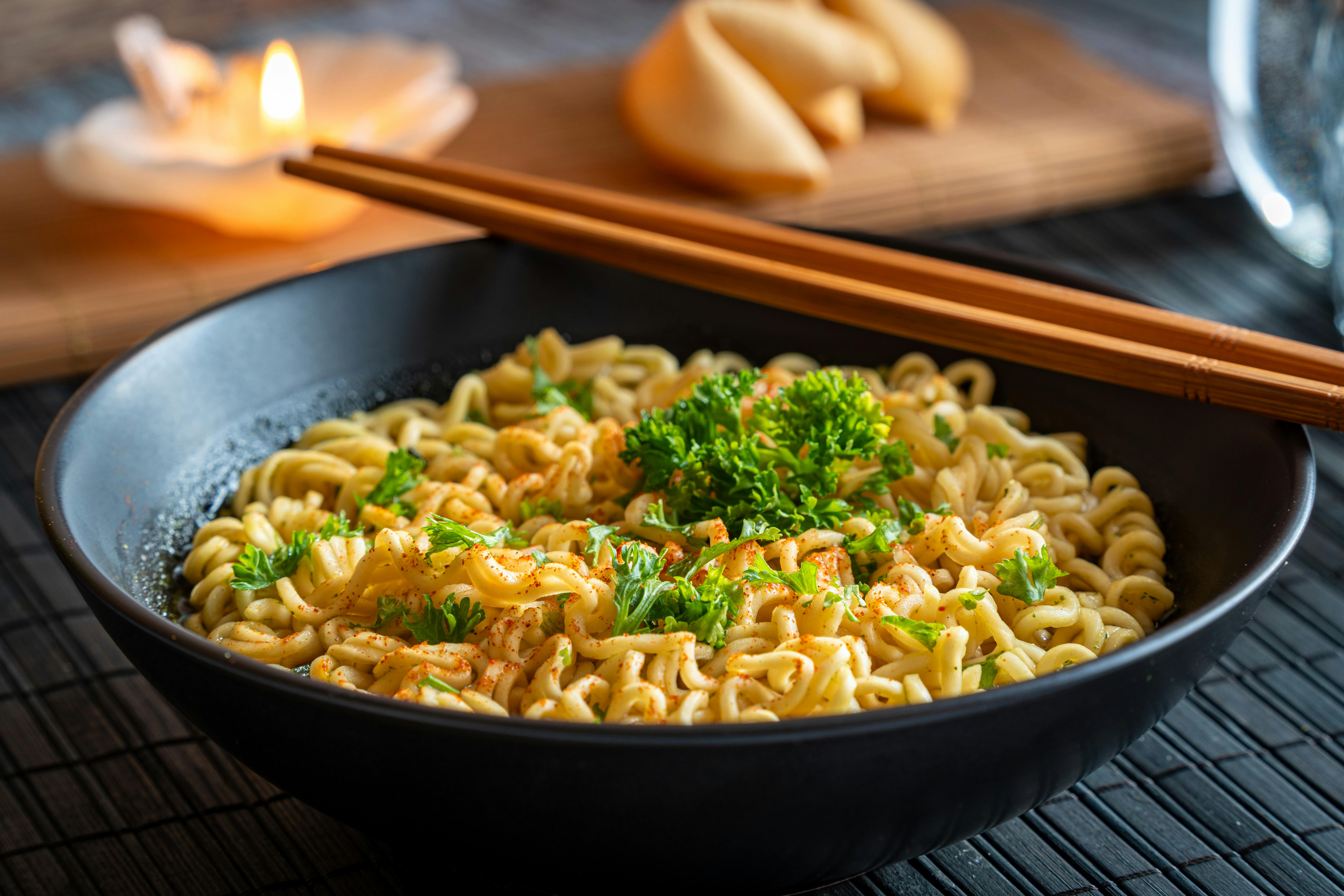
Instant noodle cups are a blood sugar spike in a Styrofoam bowl. The noodles themselves are made from highly refined white flour that is often deep-fried or steamed, removing any trace of beneficial fiber and making them extremely high-glycemic. This refined starch digests rapidly, causing a quick and sharp glucose surge. Furthermore, the accompanying seasoning packets may contain dextrose or sugar to enhance flavor. Because this is a liquid meal (the broth), the digestion and absorption speed are further accelerated, making it a particularly aggressive metabolic offender that offers almost no nutritional value to stabilize your system.
34. Pre-Packaged Fruit Smoothies (The Grab-and-Go Trap)
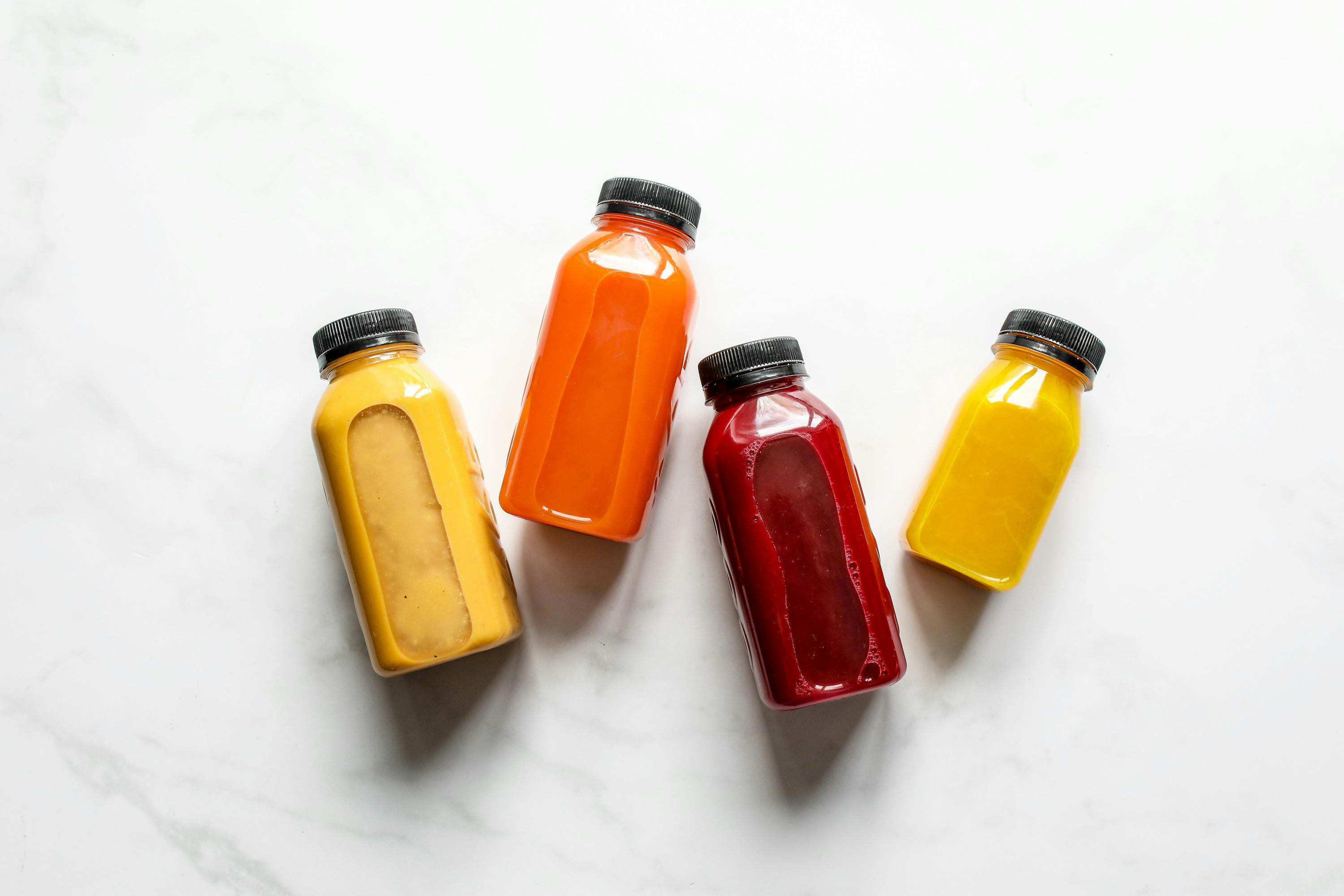
Even if a bottled smoothie boasts "whole fruits" and "no added sugar," it's still a concentrated dose of sugar without the metabolic benefits of chewing. The blending process mechanically breaks down the fruit fiber, releasing the fruit's sugar (fructose and glucose) to be absorbed almost instantly. These ready-made drinks often contain three to five servings of fruit per bottle—a massive sugar load that hits the bloodstream faster than if you ate the fruit slowly. To manage glucose, opt for homemade smoothies using vegetables, protein powder, and healthy fats (like nut butter) to intentionally slow the sugar release.
35. Unsweetened Applesauce and Other Fruit Purées
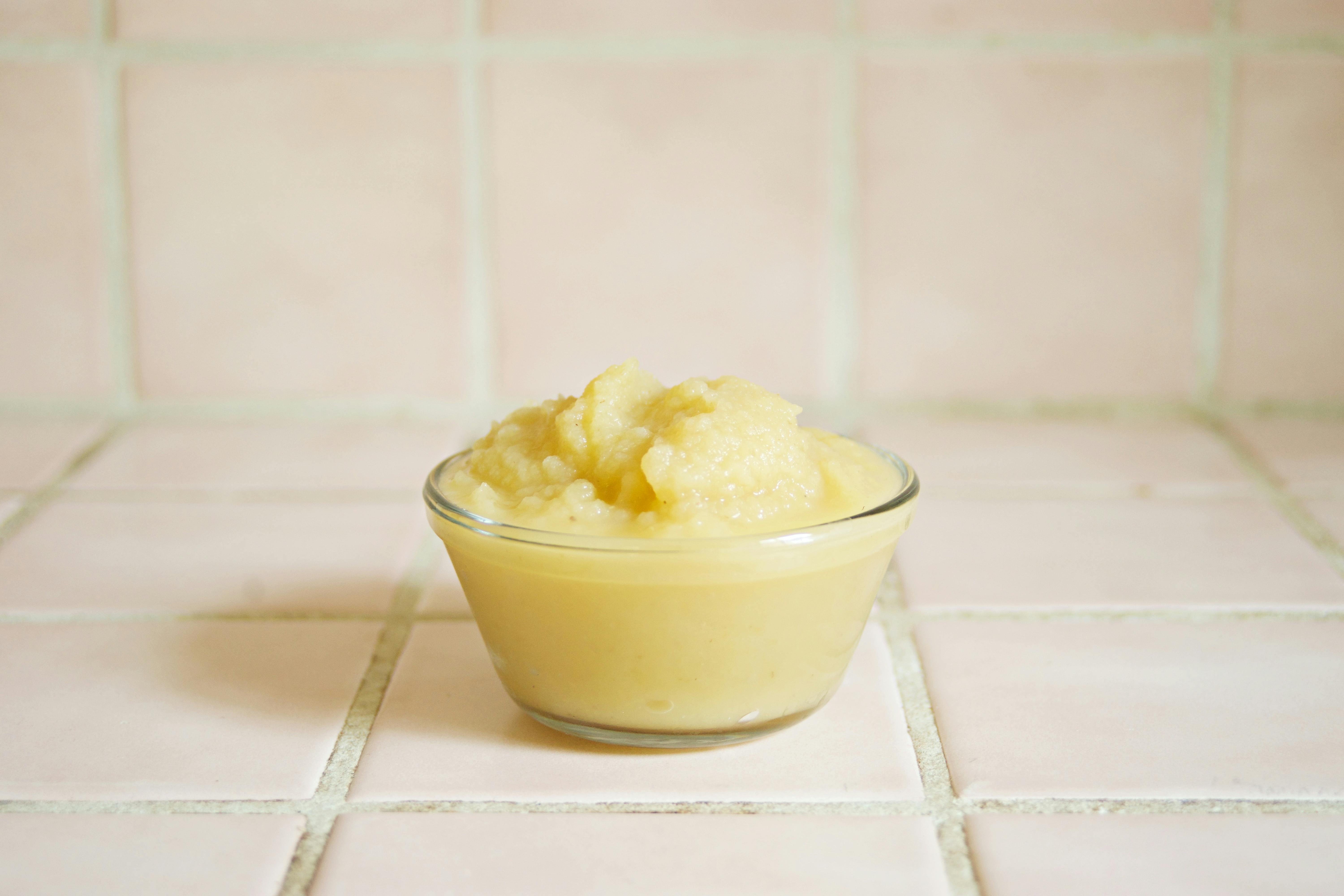
Applesauce, despite its healthy image and "no added sugar" label, is a rapid carbohydrate source. Like bottled juice, it contains the fruit's natural sugars, but the purée process destroys most of the structural fiber, turning it into a fast-digesting liquid carb. Even a small container can cause a noticeable blood sugar spike due to this lack of digestive resistance. When combined with other high-carb items (like crackers or potatoes), its impact is amplified. For a safer snack, choose whole fruit with its skin and pulp intact, or pair the applesauce with a high-protein source like cottage cheese to slow down the metabolic response.
36. Baked Chips and Pretzels

The misconception that baked chips or pretzels are healthier than fried versions can be metabolically misleading. While they contain less fat, they are almost entirely made of refined white flour or potato starch, giving them an extremely high glycemic index. The baking process transforms these starches into a form that digests rapidly into glucose. Without fat or fiber to buffer absorption, these crunchy snacks cause a sharp spike. Trading fat for fast-acting carbs doesn't help blood sugar stability. A better crunchy swap would be popcorn (a whole grain) or nut-based crackers paired with avocado.
Rethink “Healthy”: Outsmart the Sugar You Never Saw Coming

Blood sugar spikes aren’t just caused by obvious treats—they’re often triggered by foods we trust. From smoothie bowls to salad dressings, these “healthy” staples can quietly wreak havoc on your energy, mood, and long-term health. But now you know better. With this expanded list, you’ve got the insight to look past the labels, challenge the marketing, and make choices that truly serve your body. This isn’t about restriction—it’s about recognition. When you understand how certain foods behave in your system, you gain the power to pivot, balance, and thrive. Whether you’re managing diabetes or simply aiming for more steady energy, small tweaks can lead to big improvements. So keep asking questions, keep reading labels, and keep tuning in to what your body’s telling you. Because smart eating isn’t about being perfect—it’s about being informed. And now, you are.
